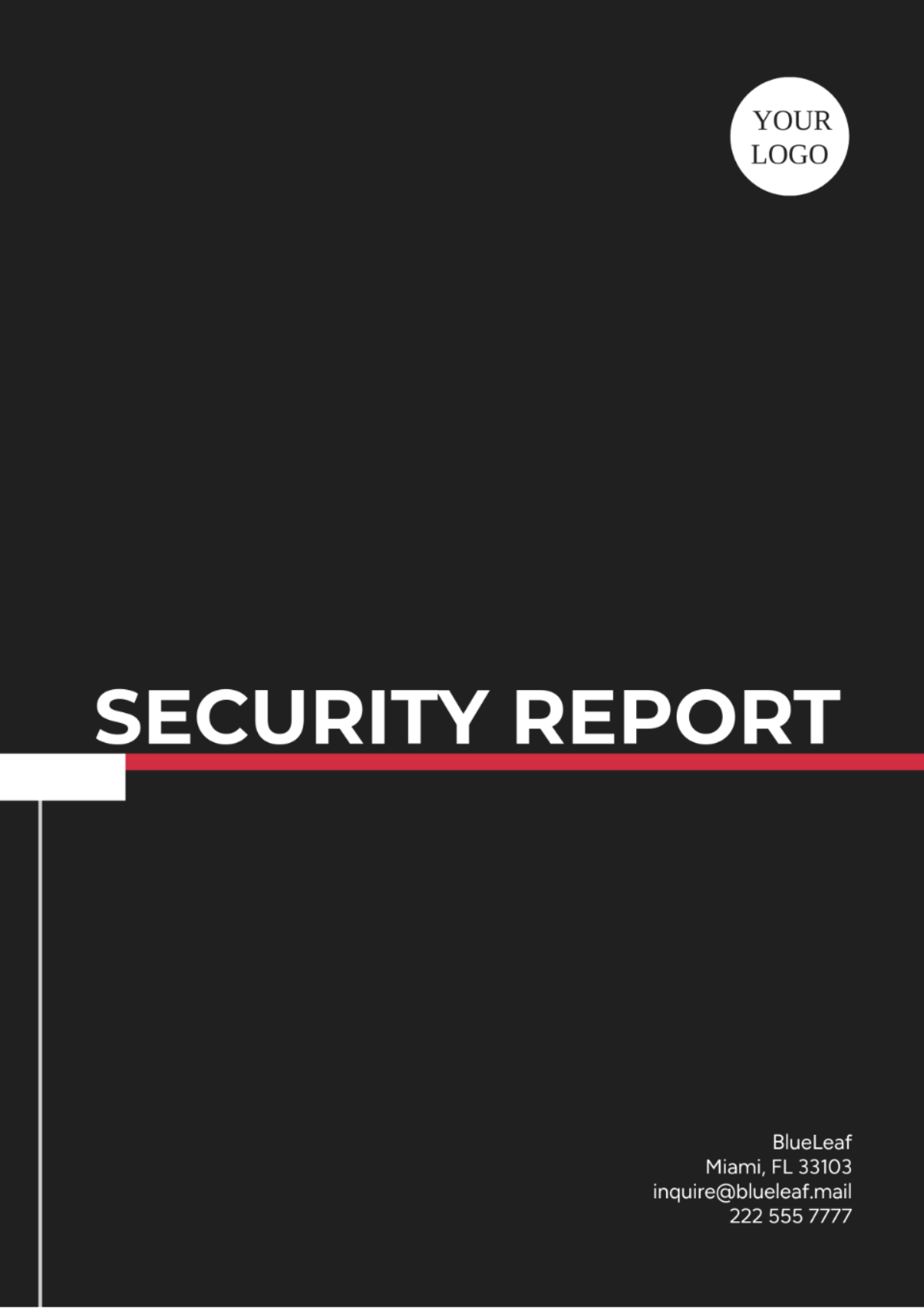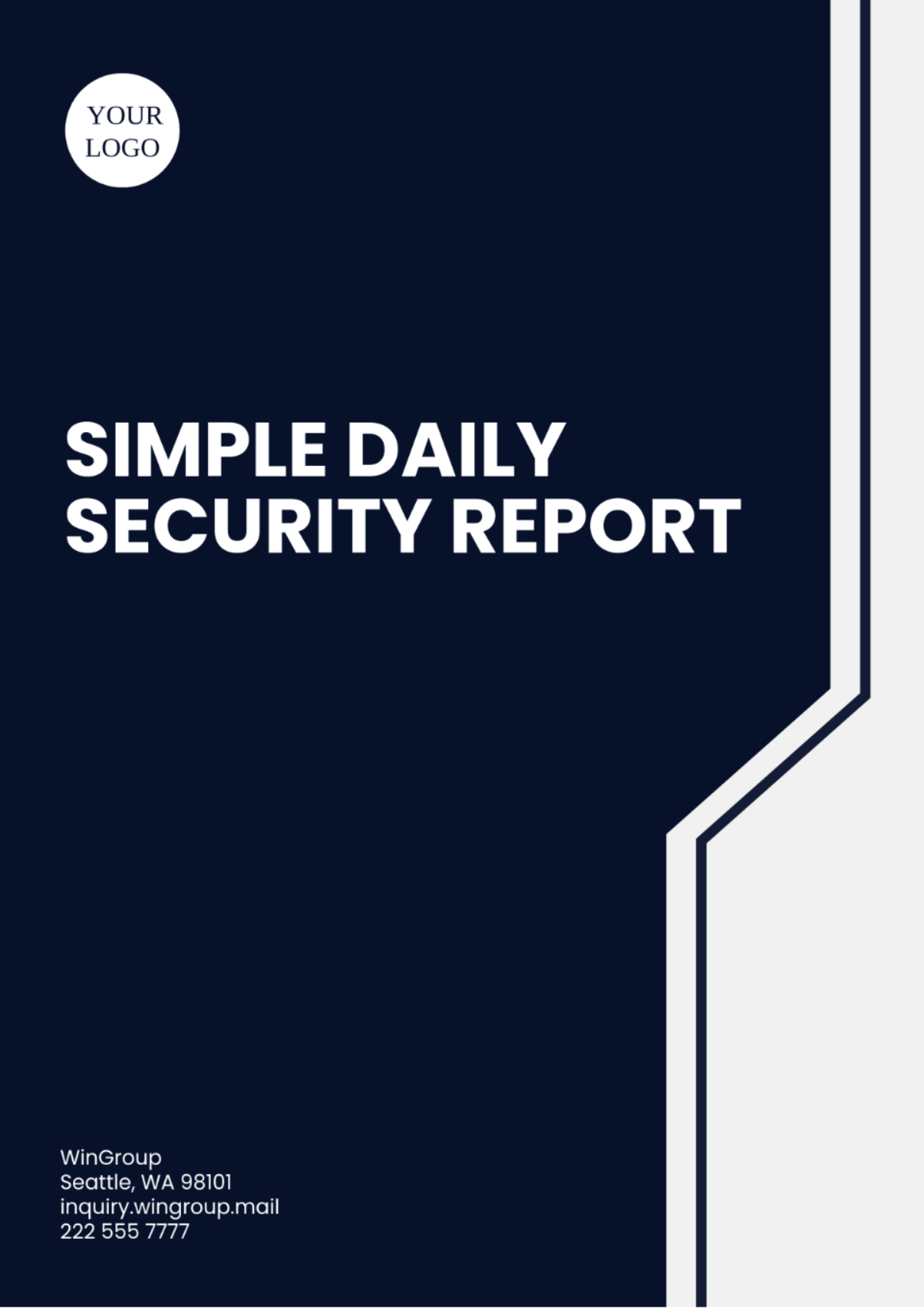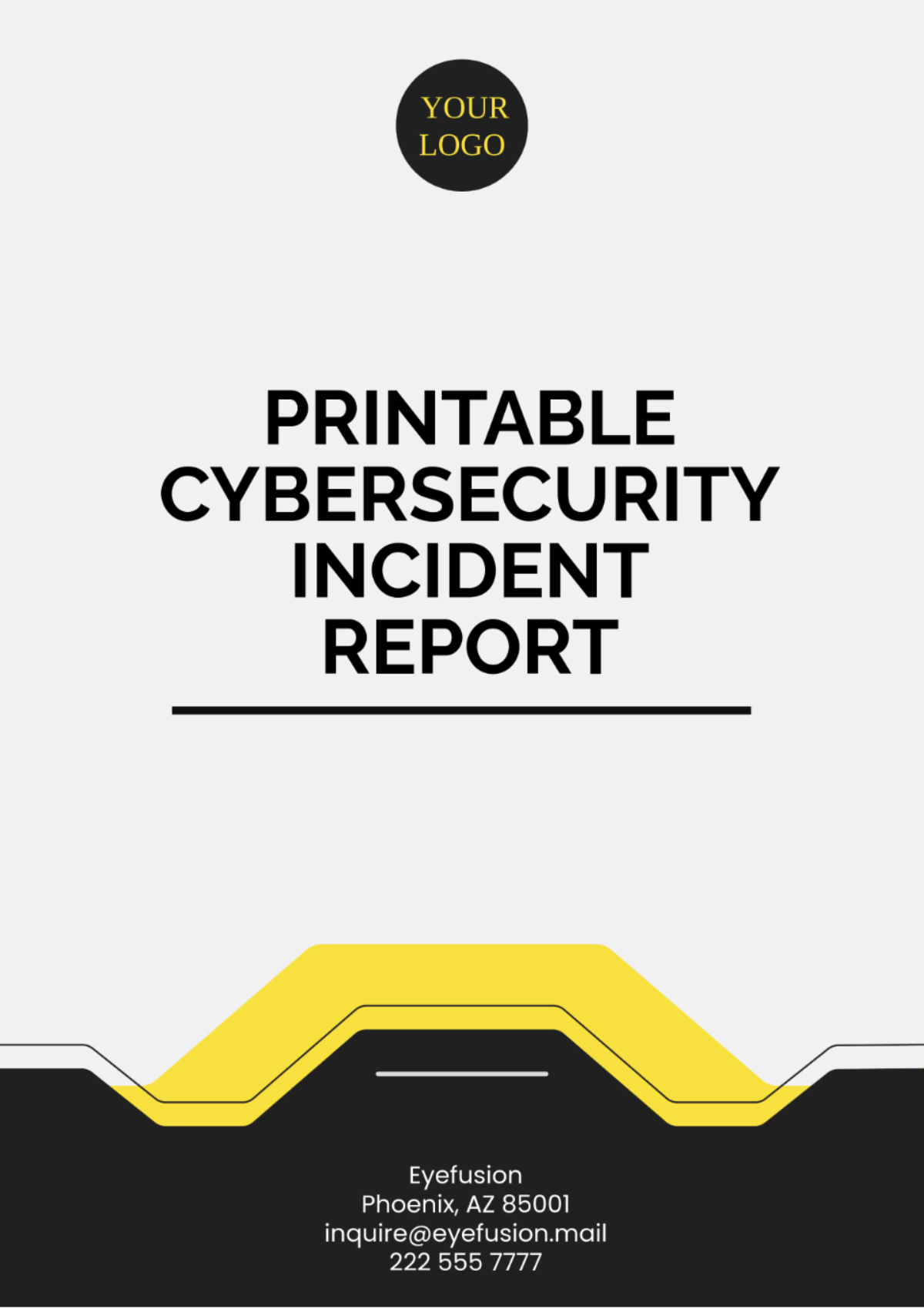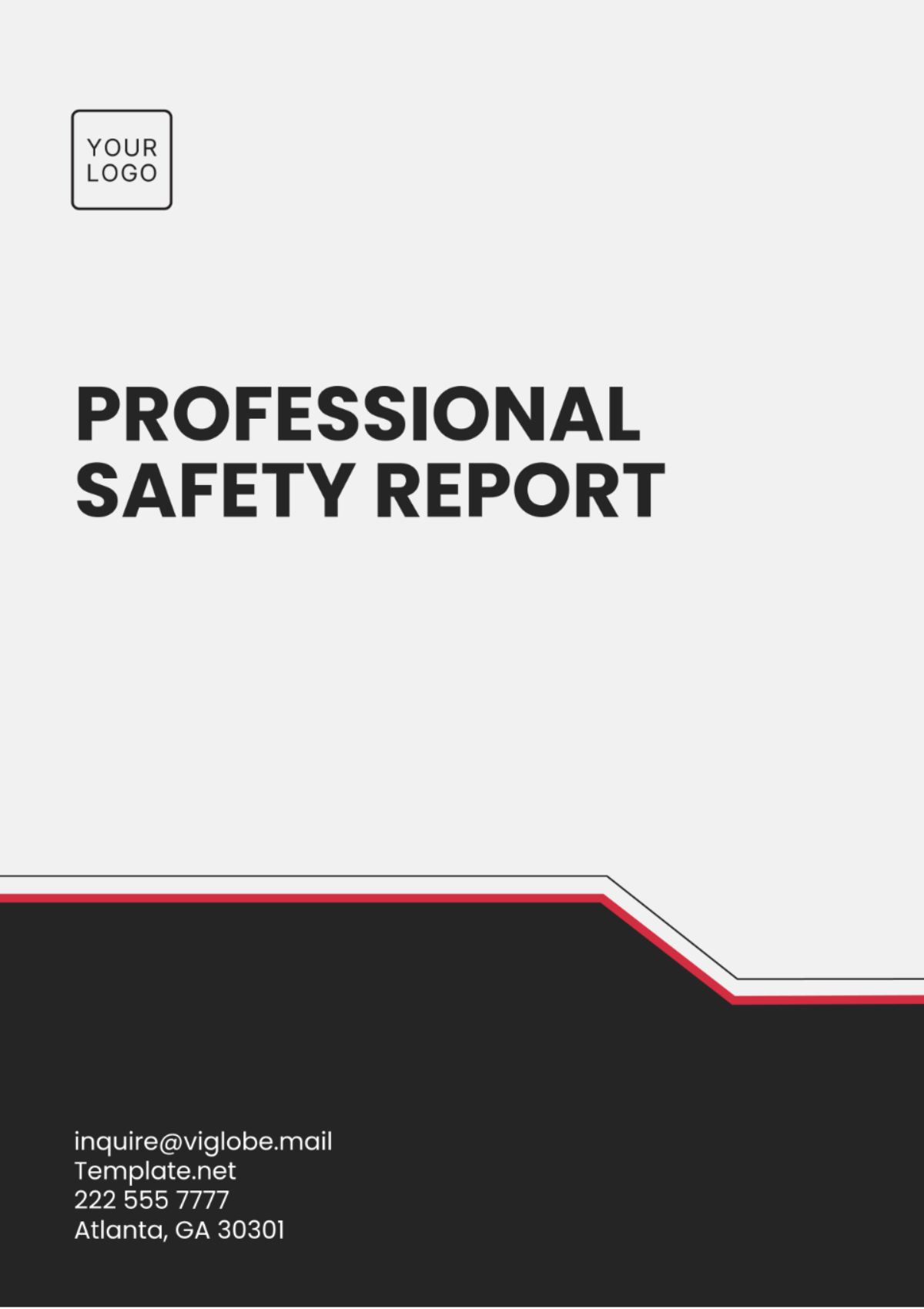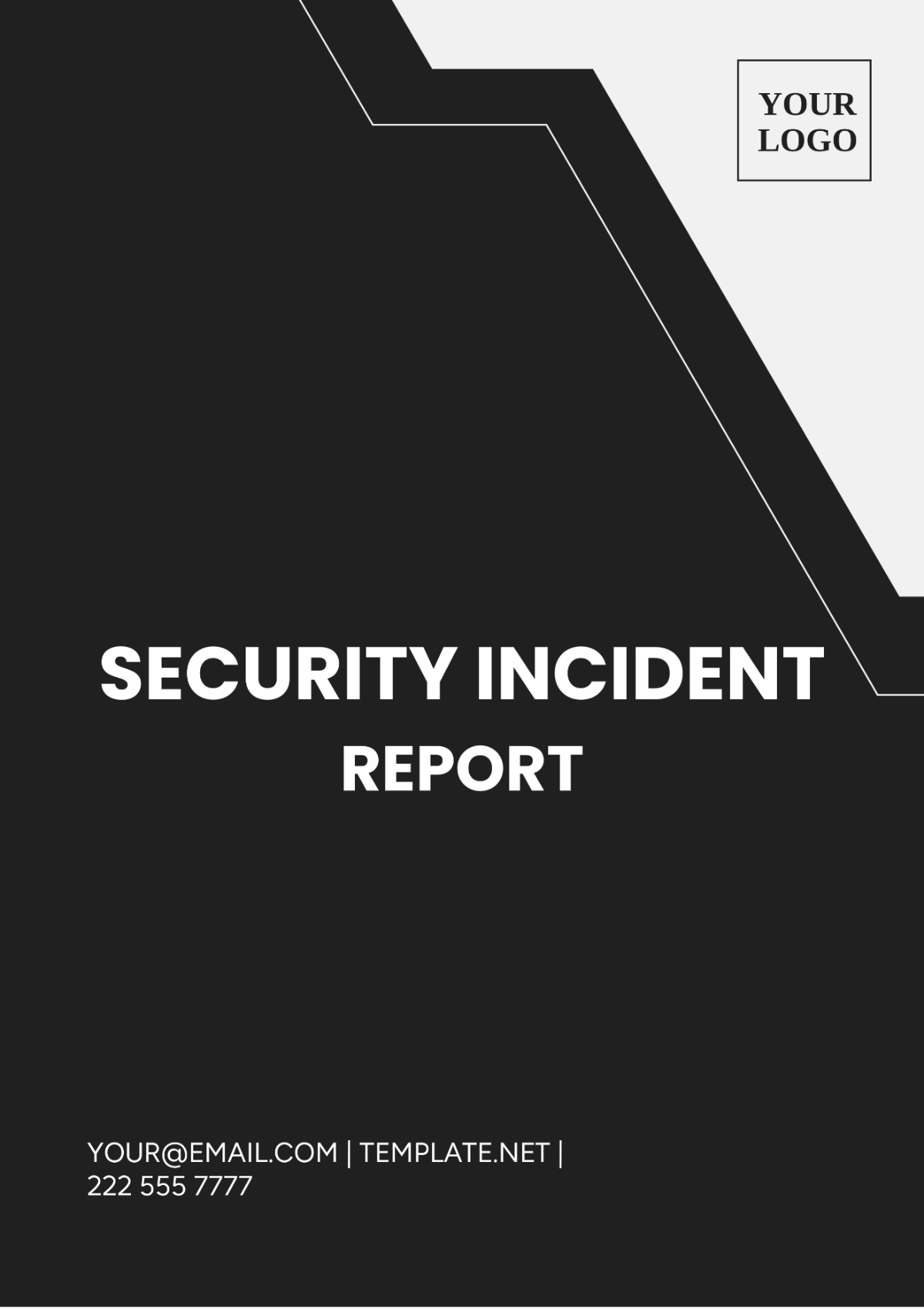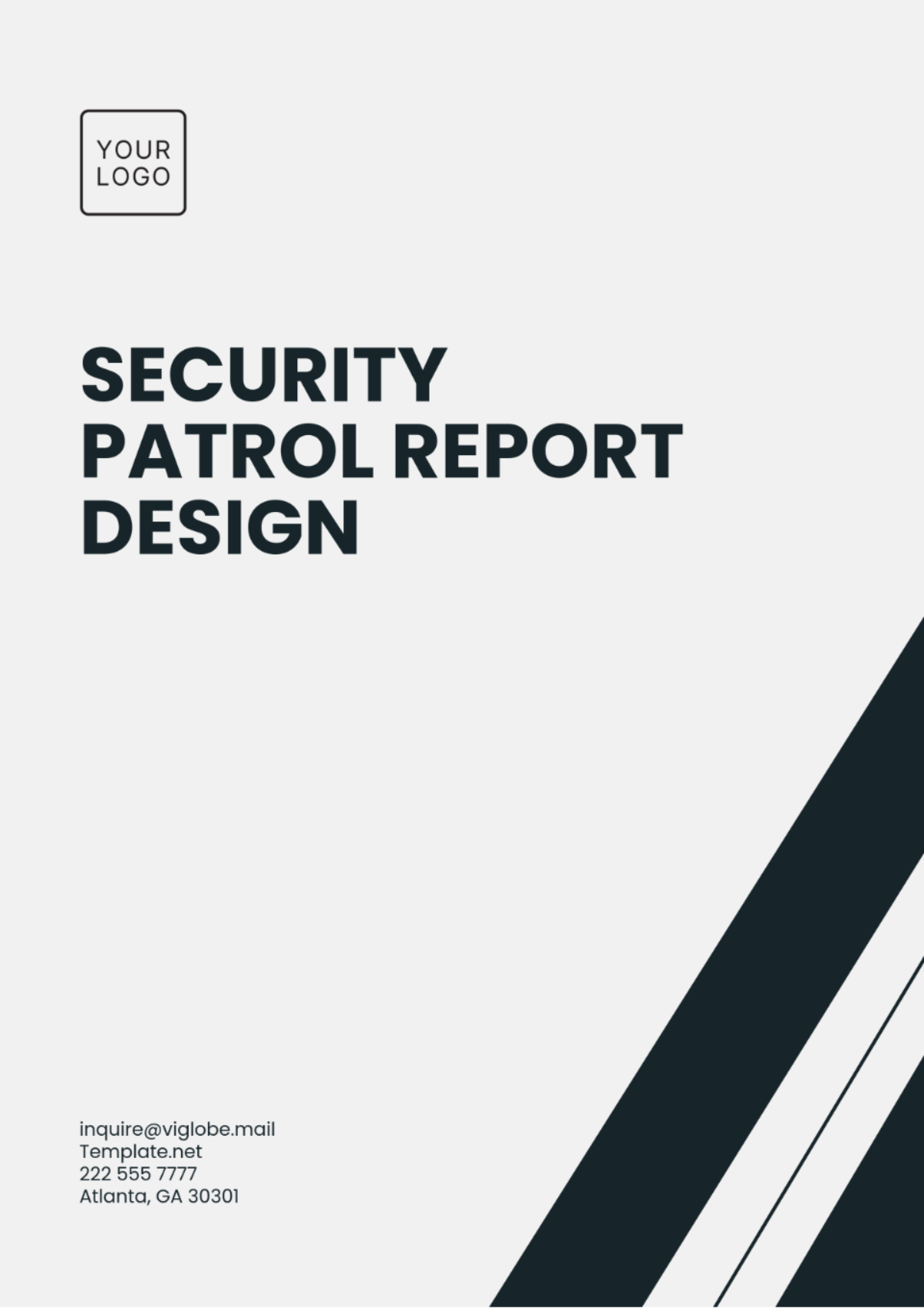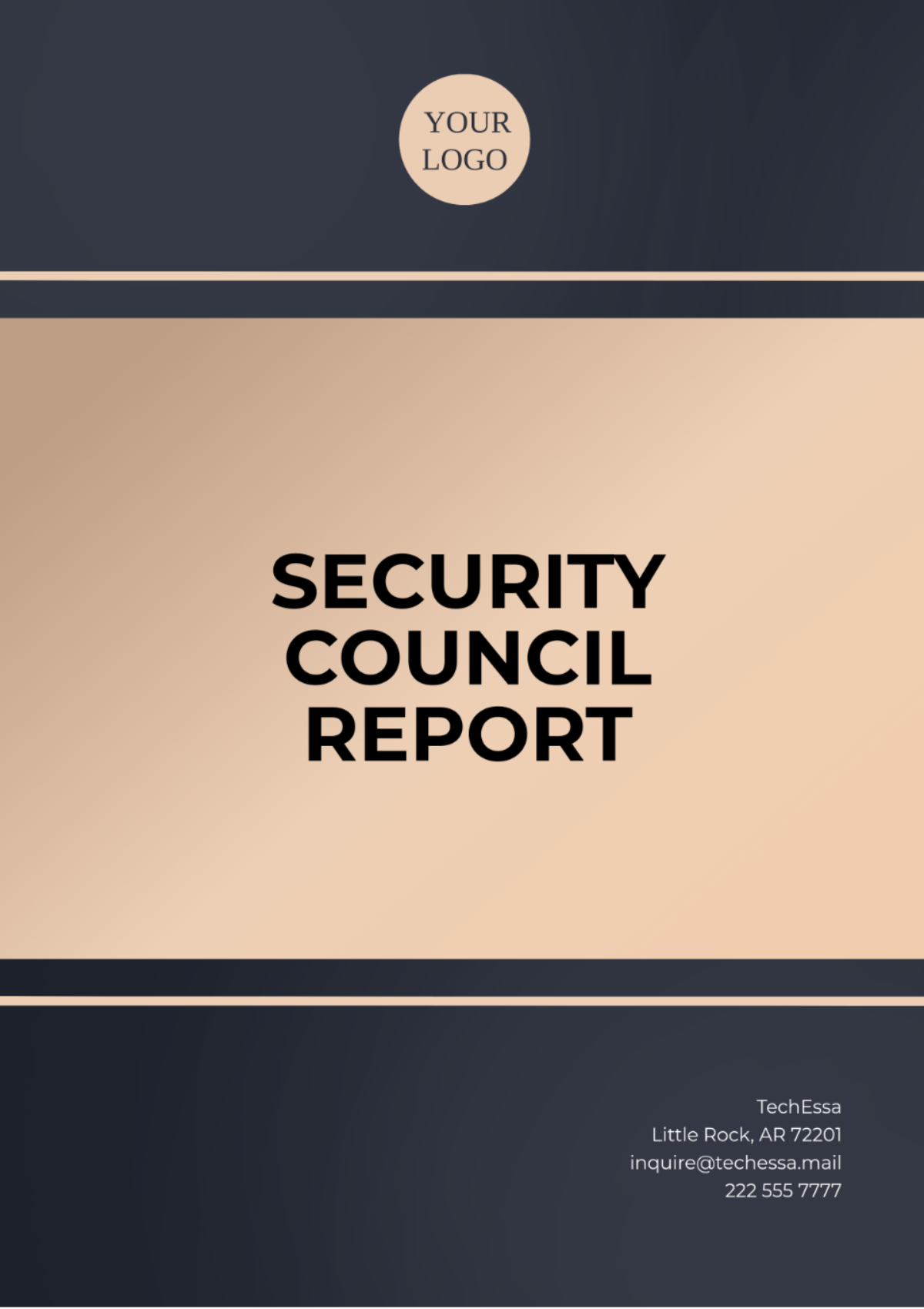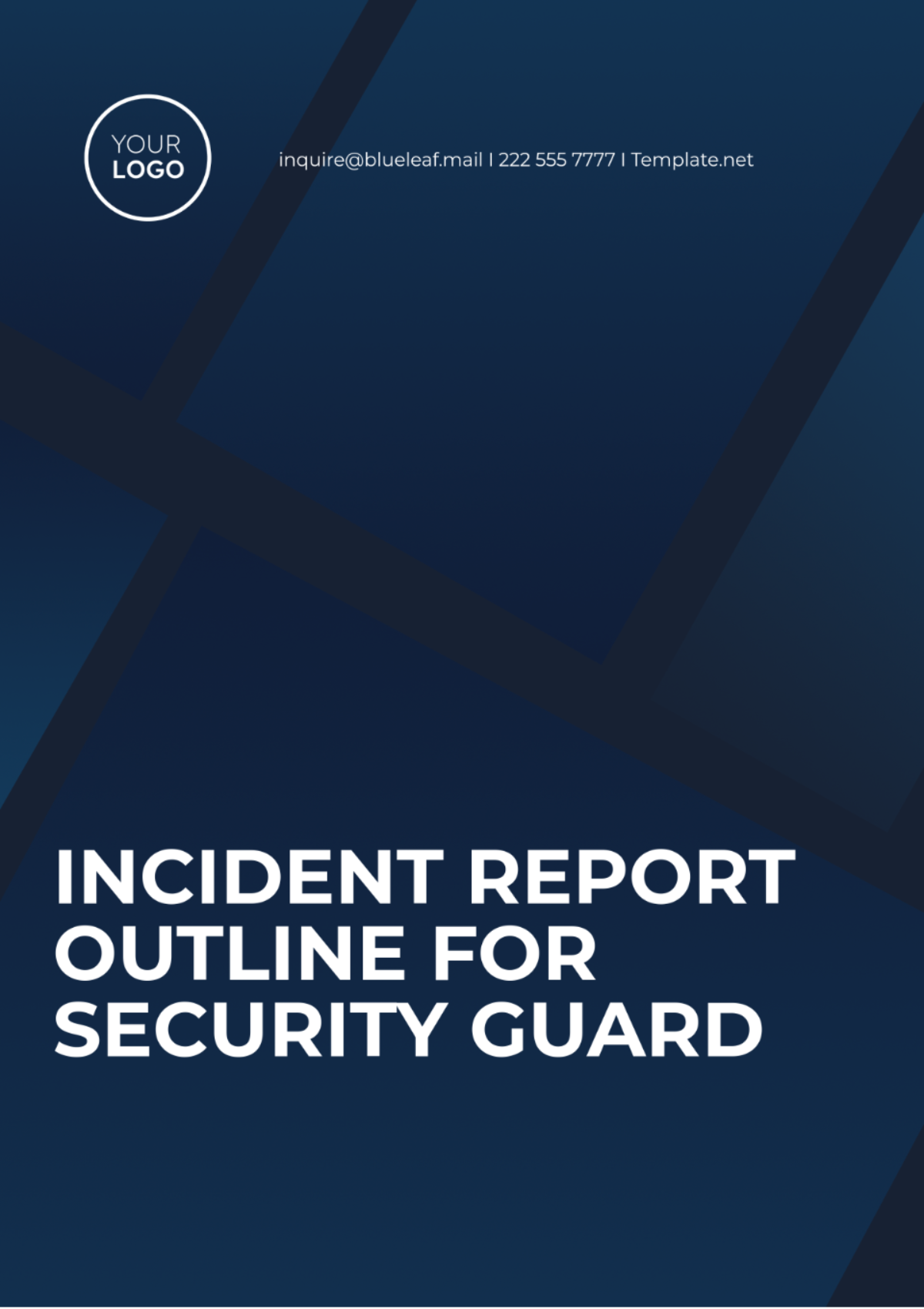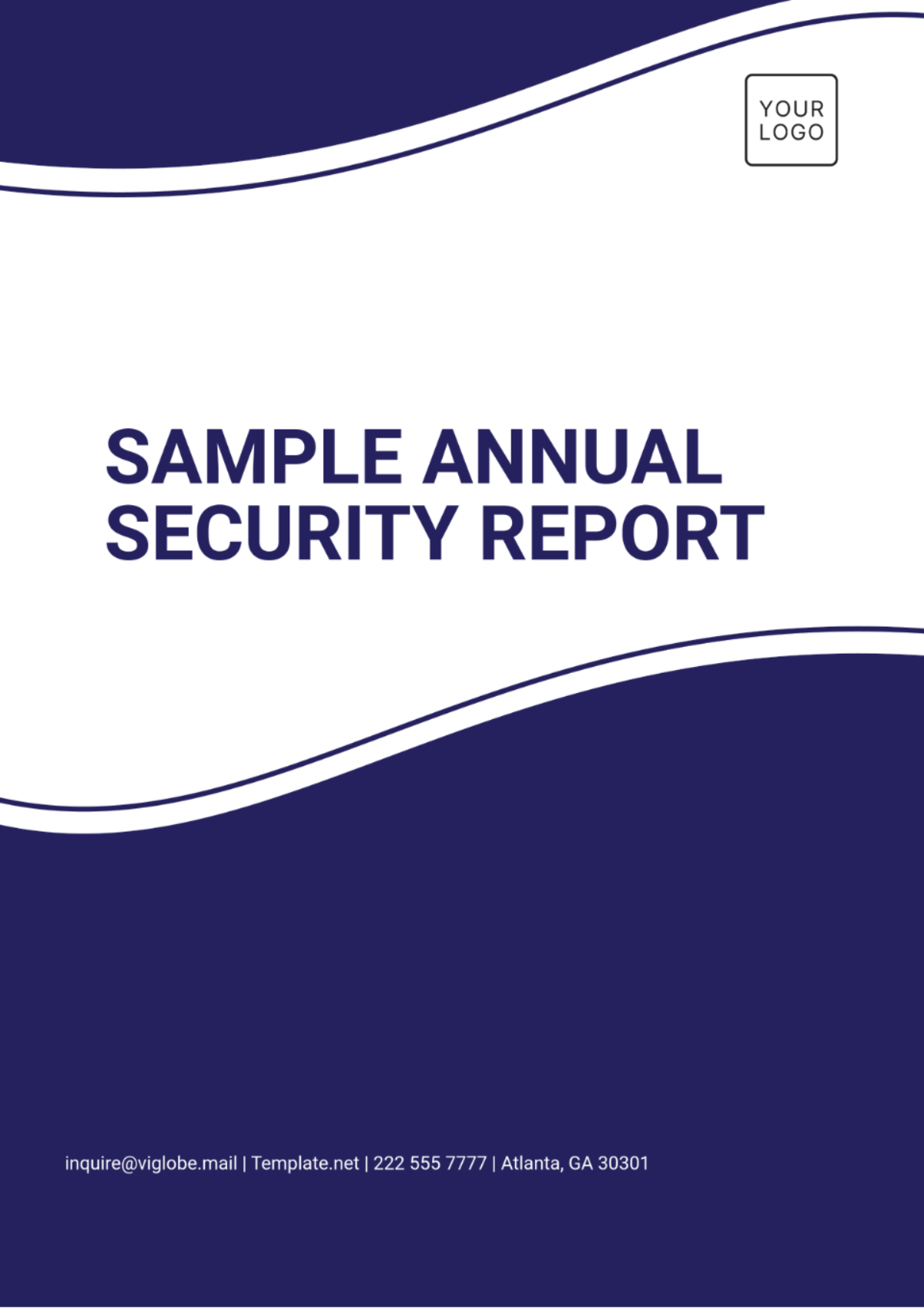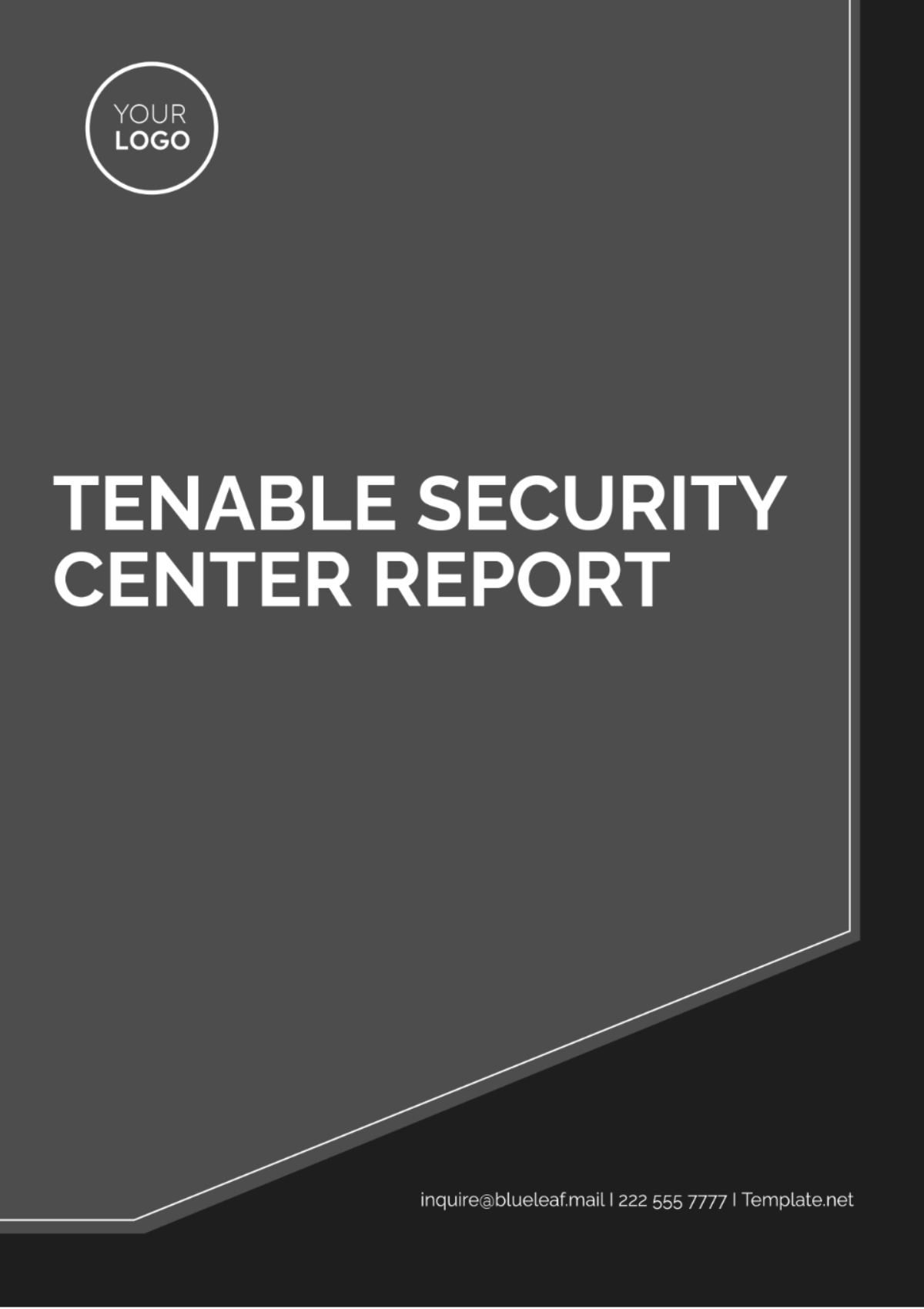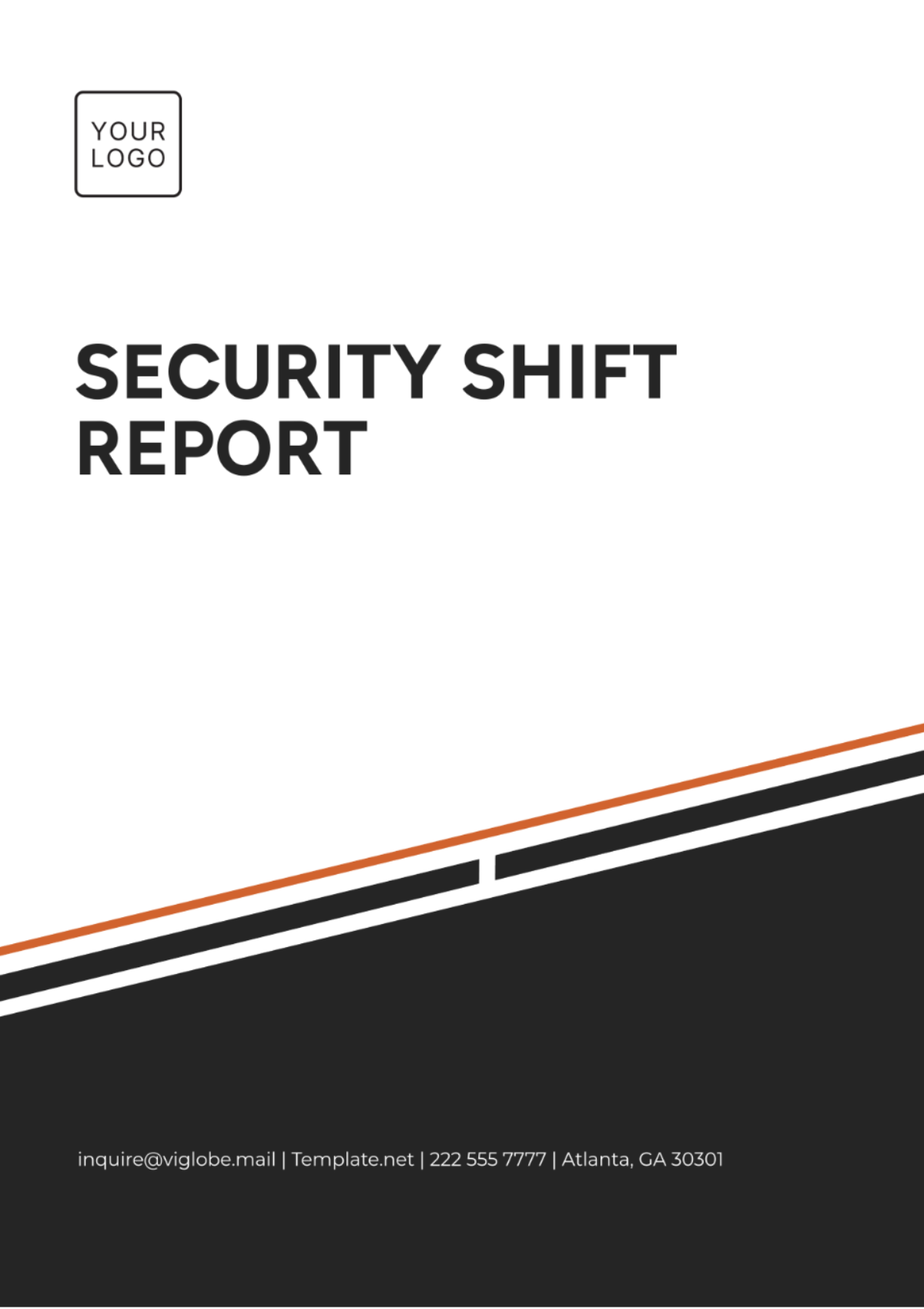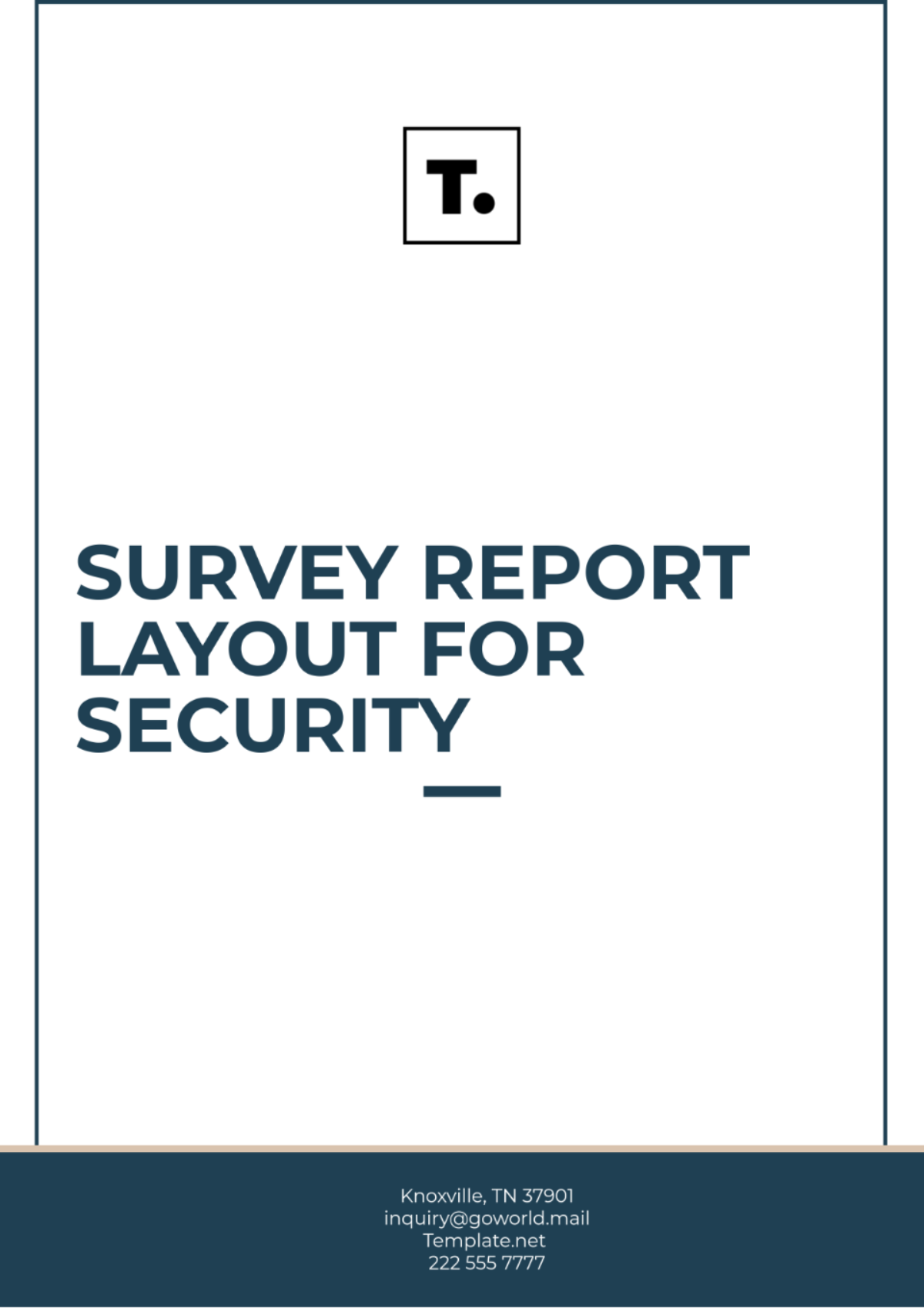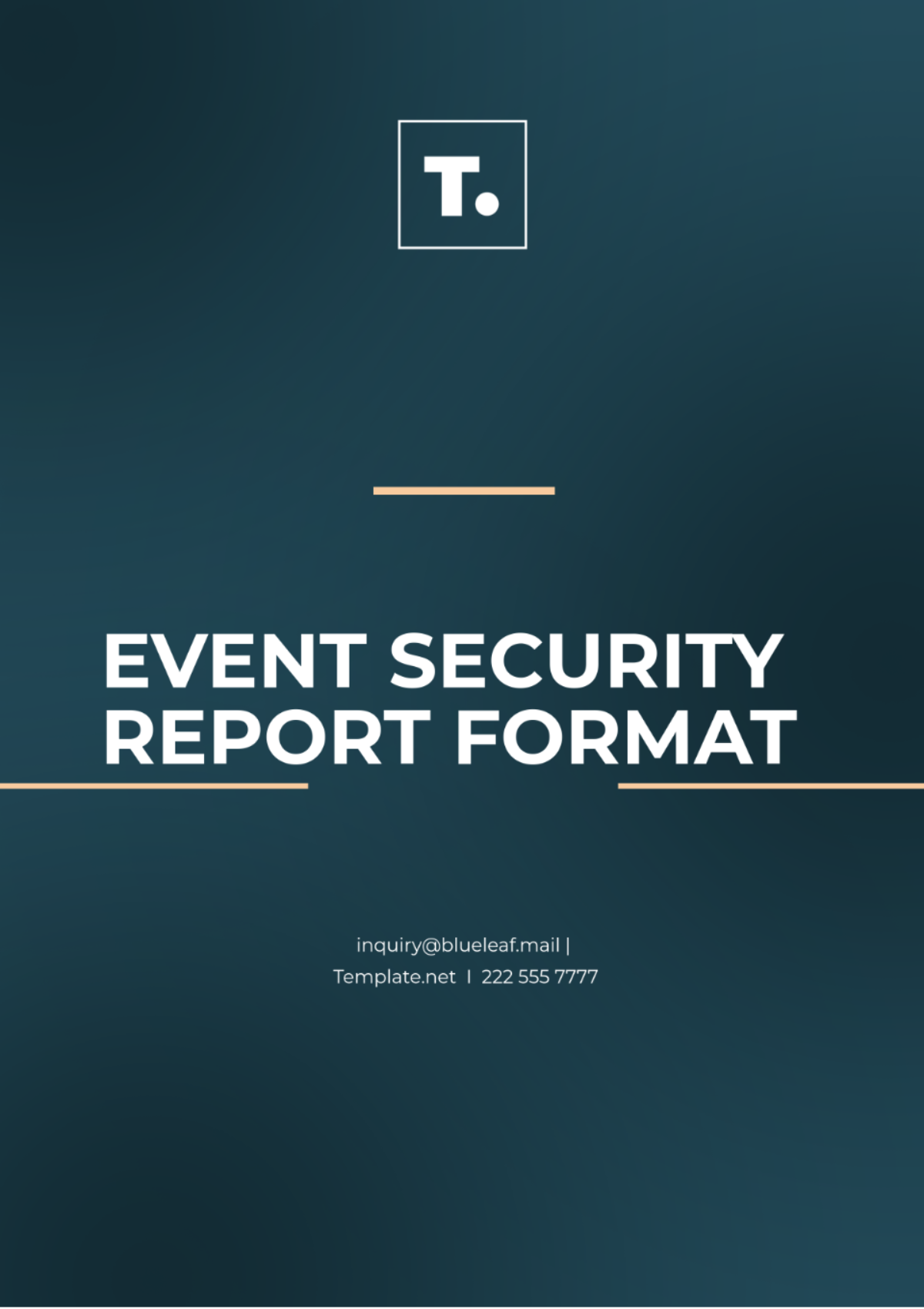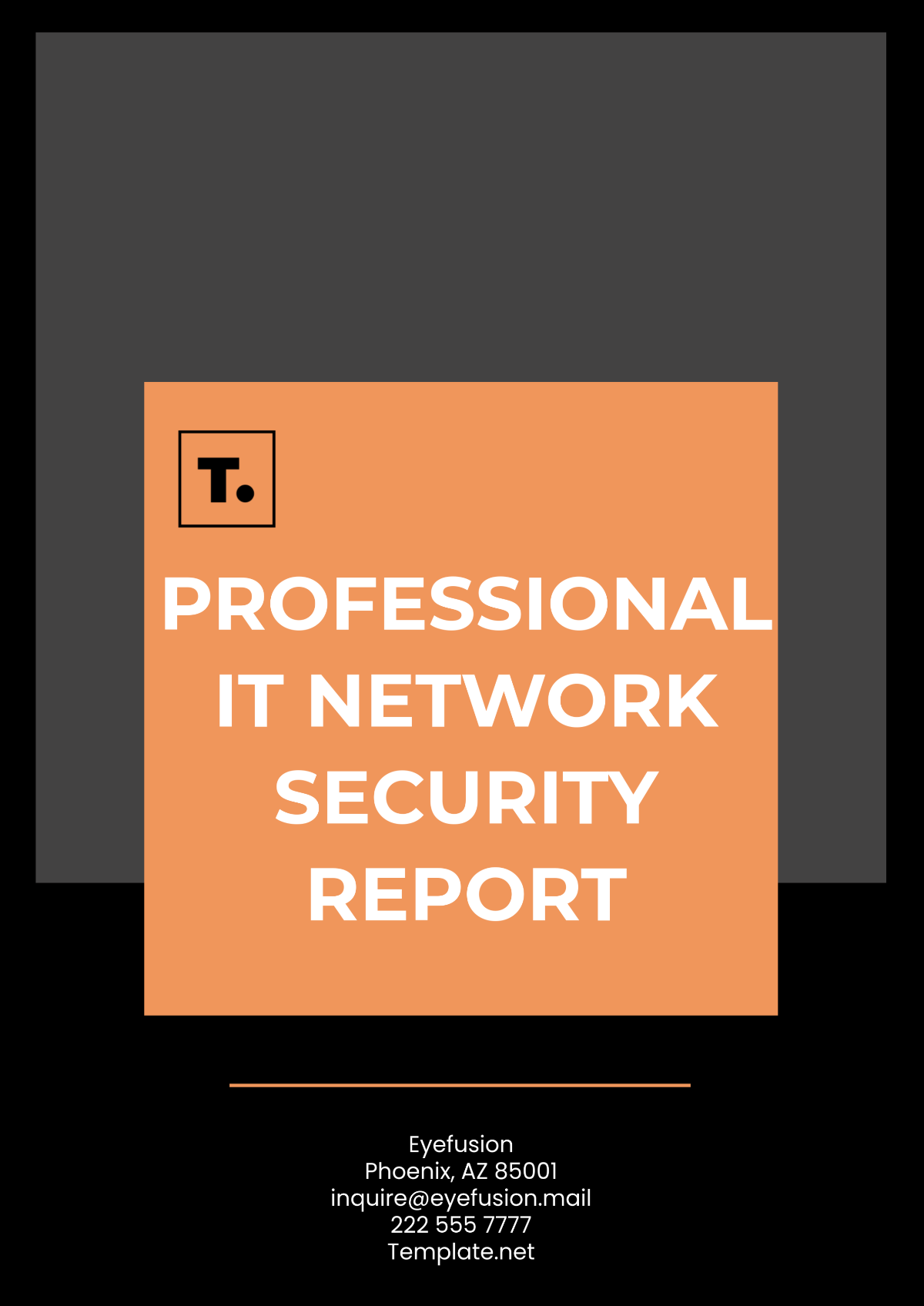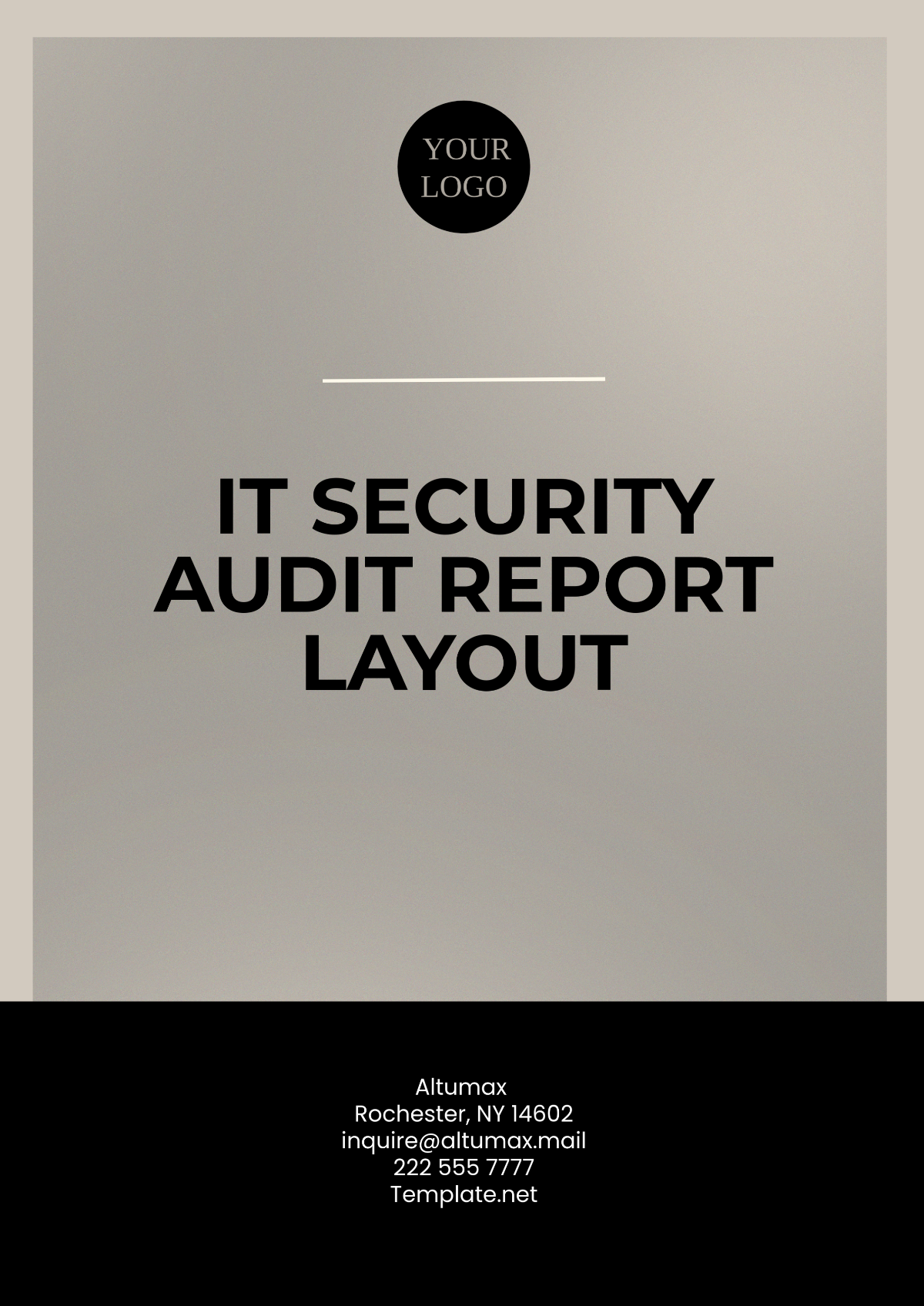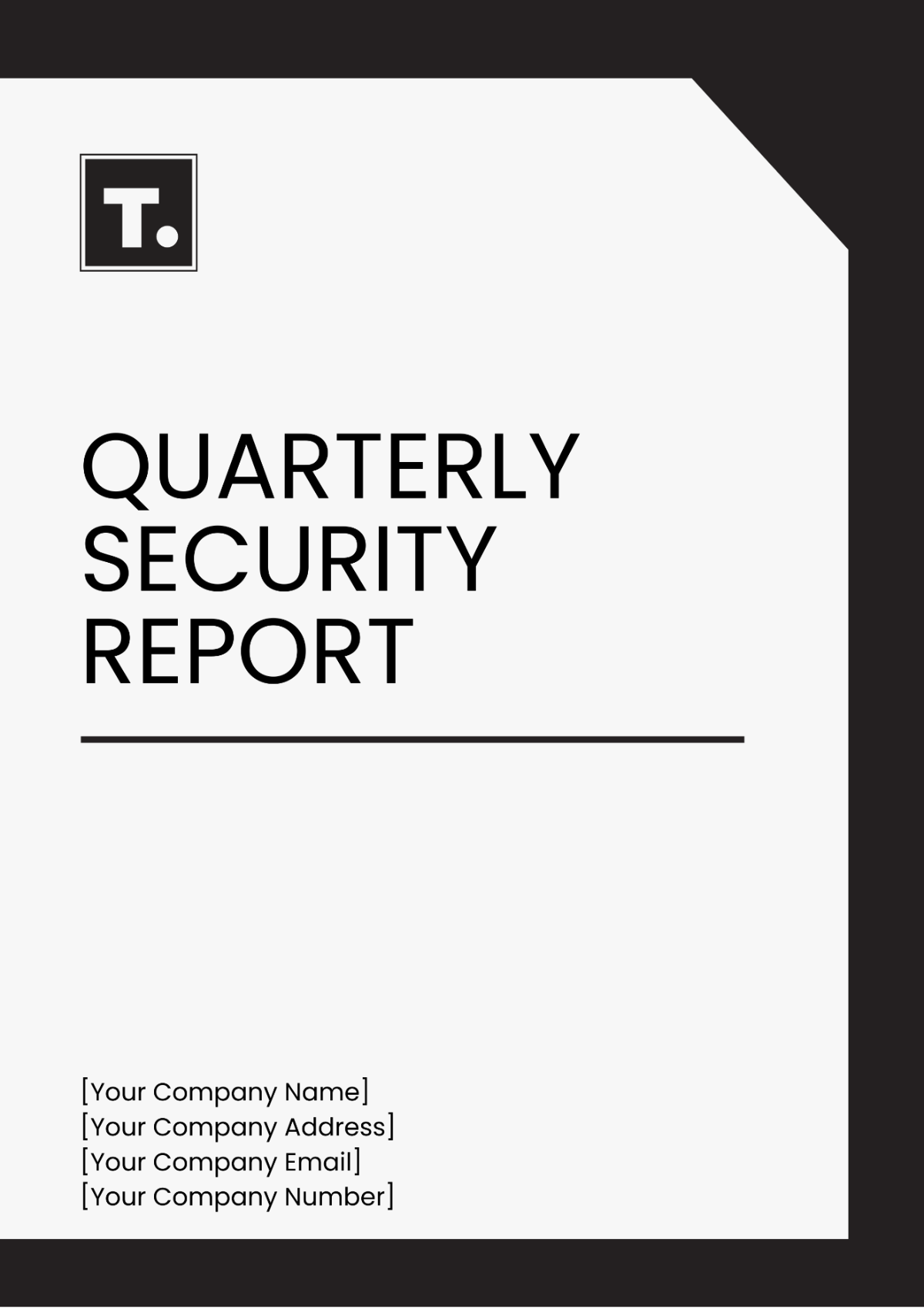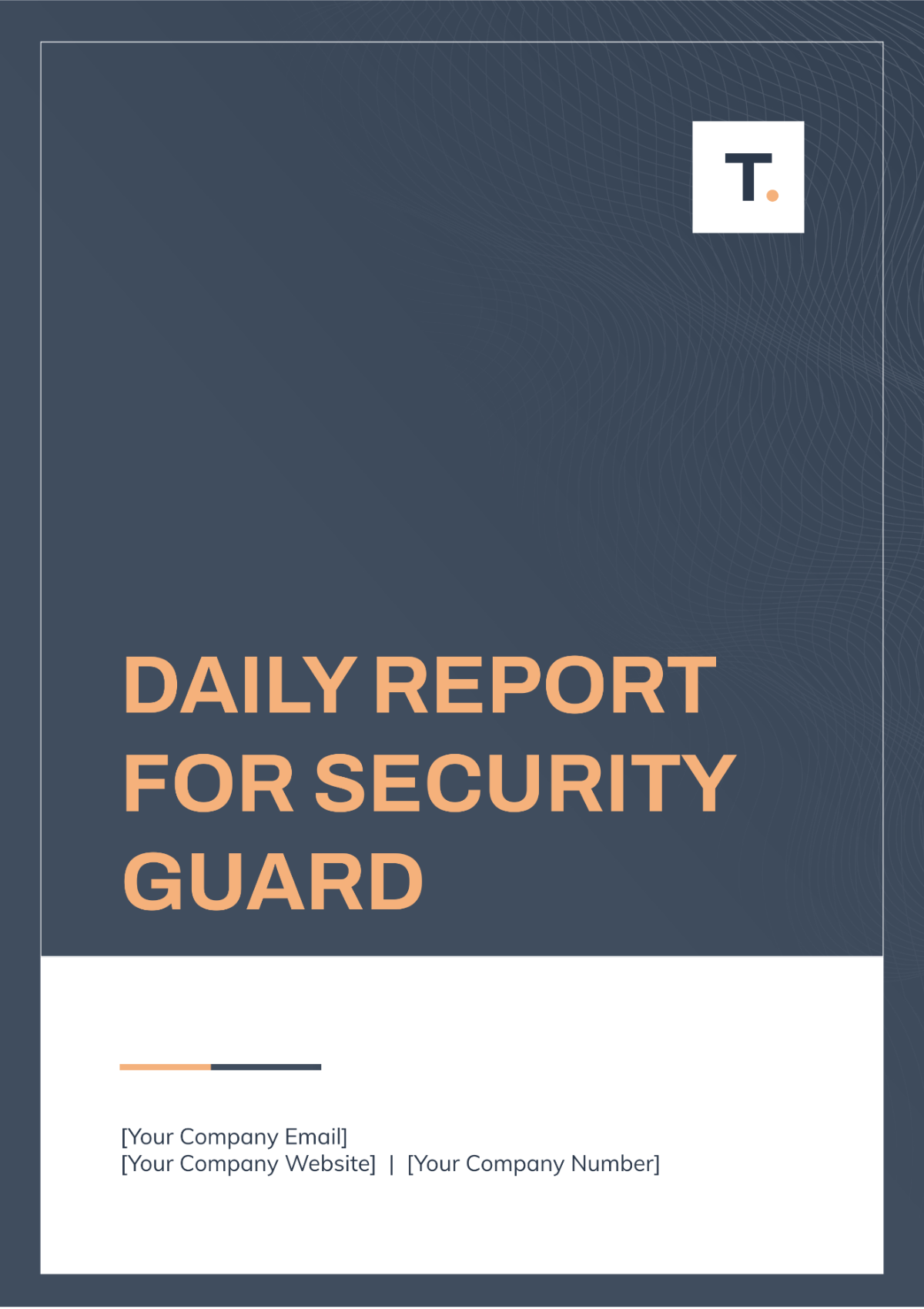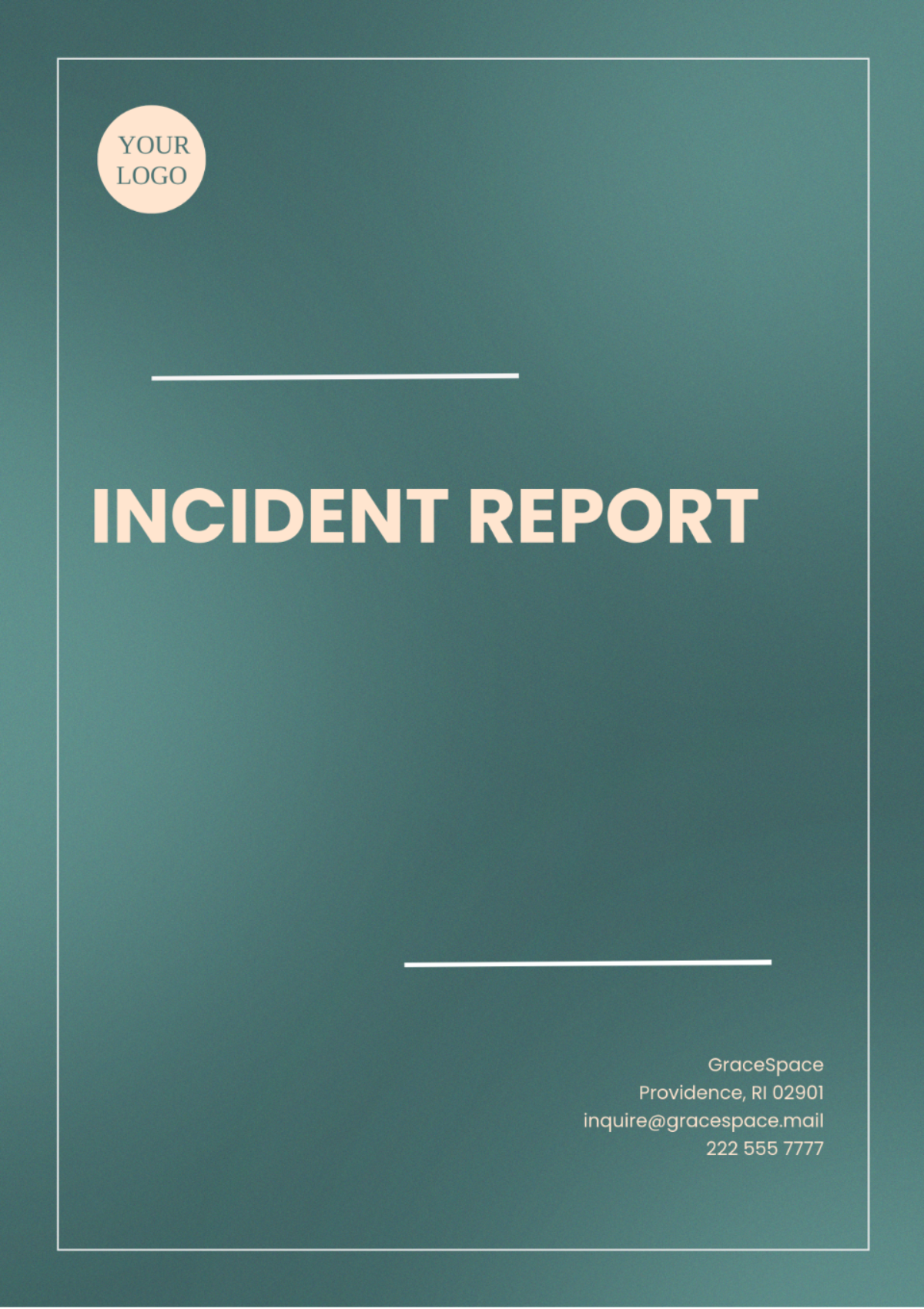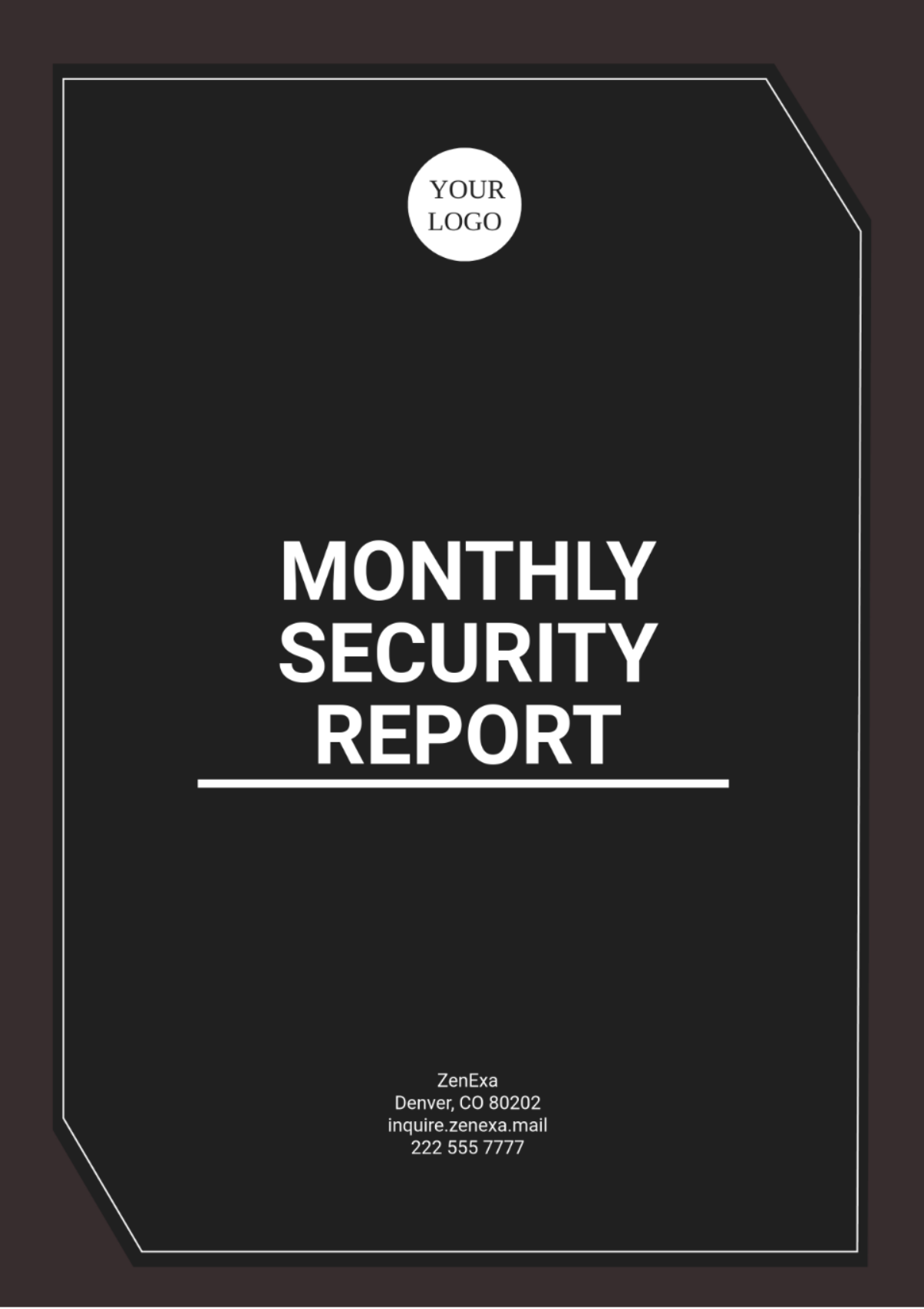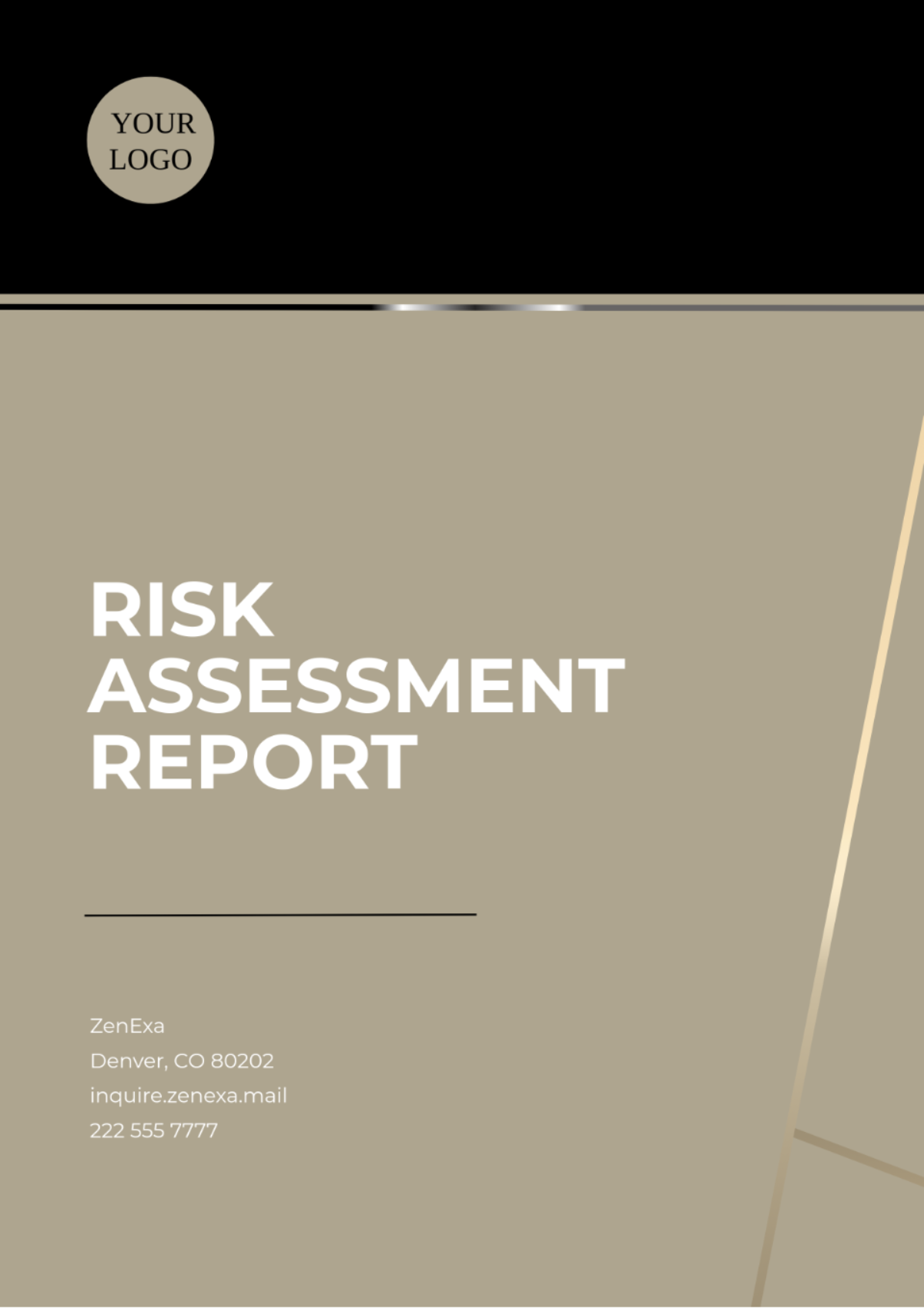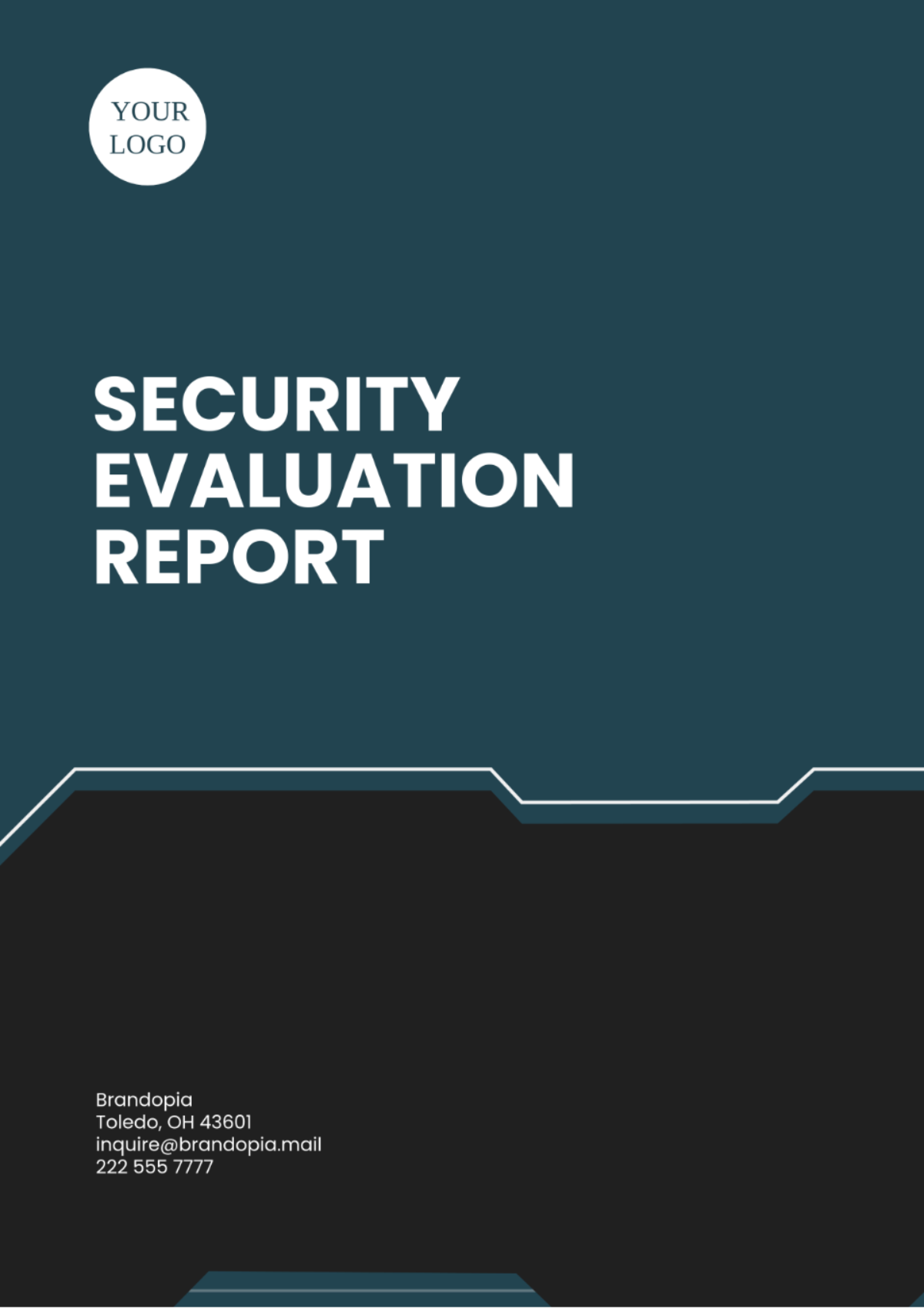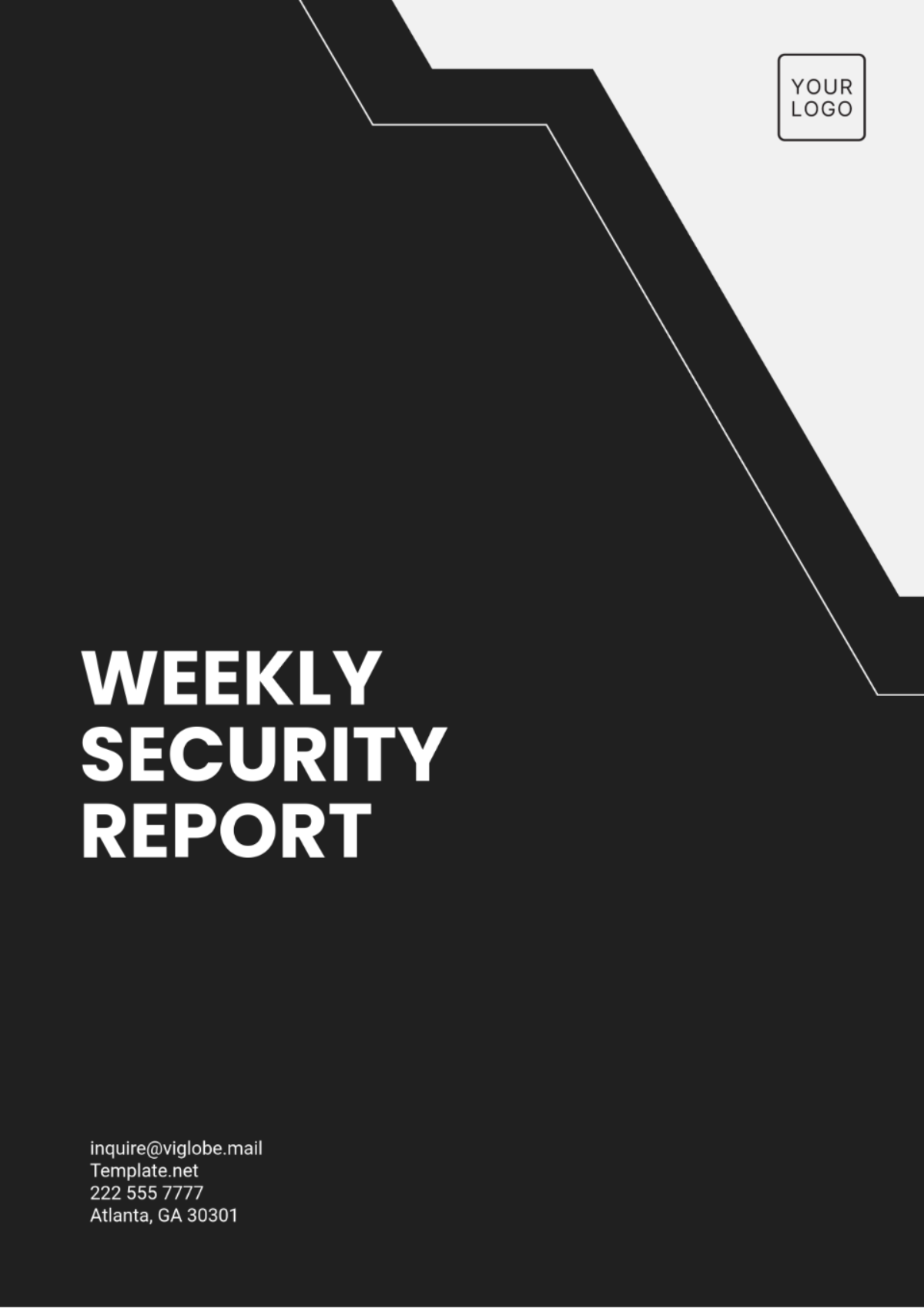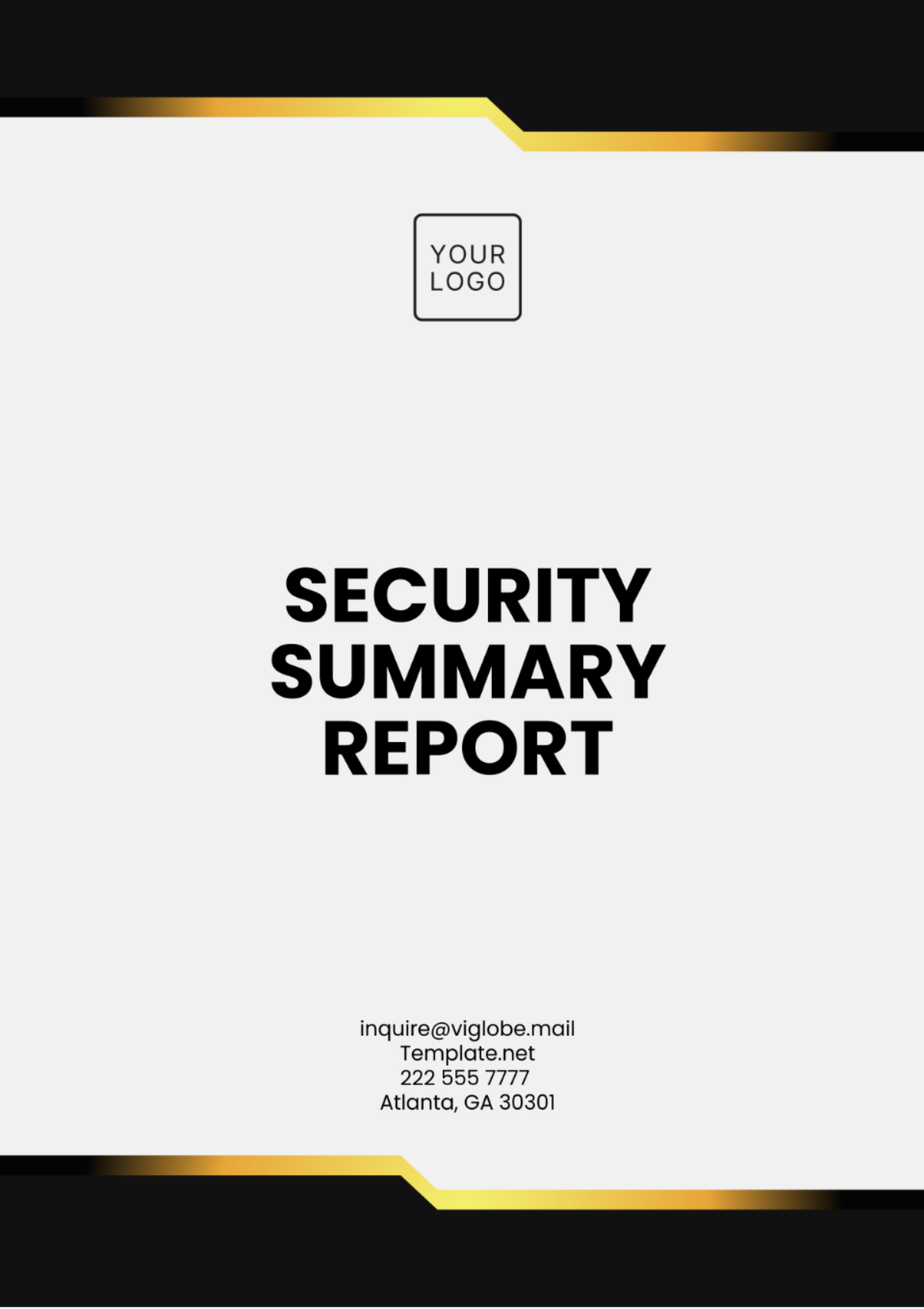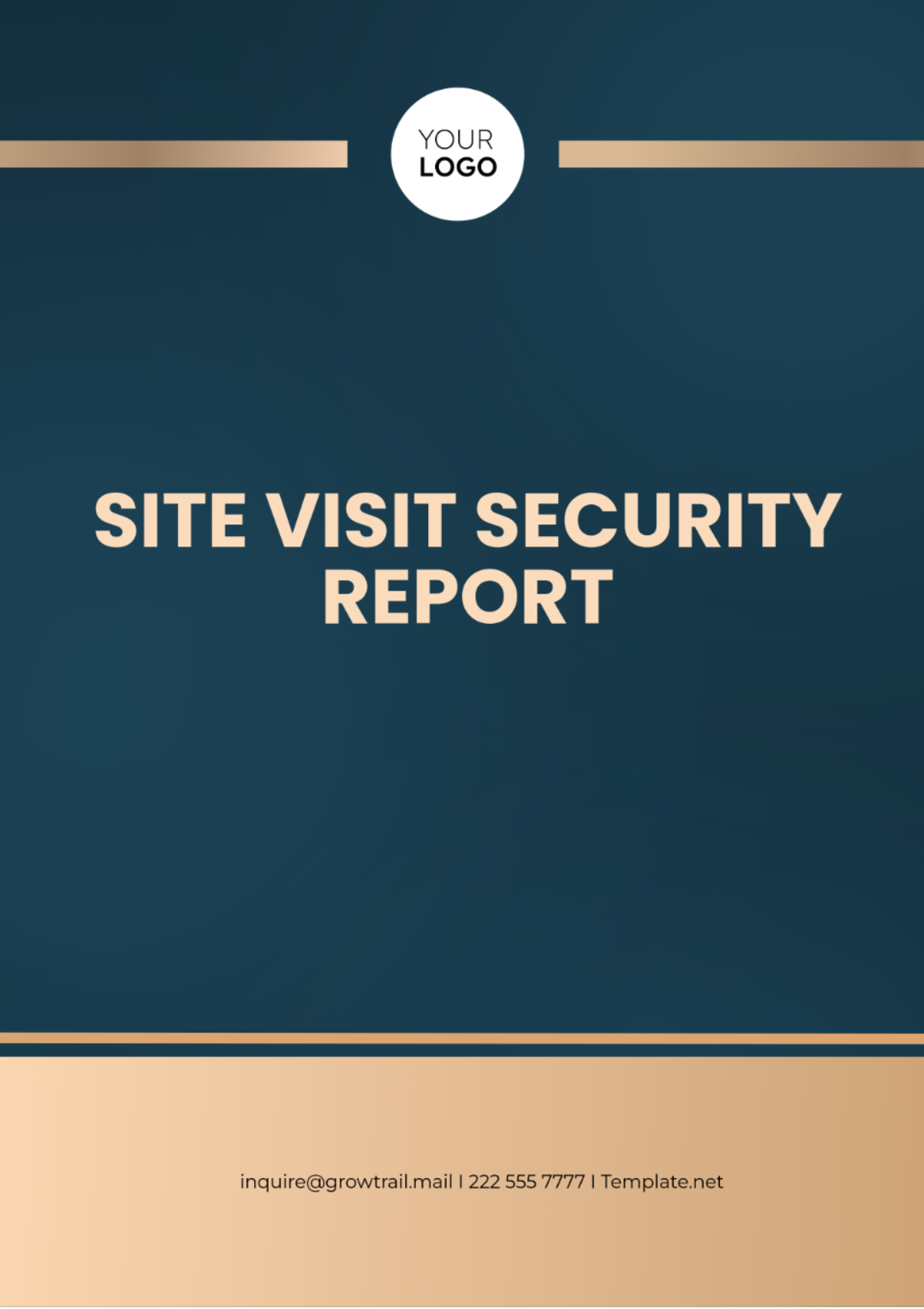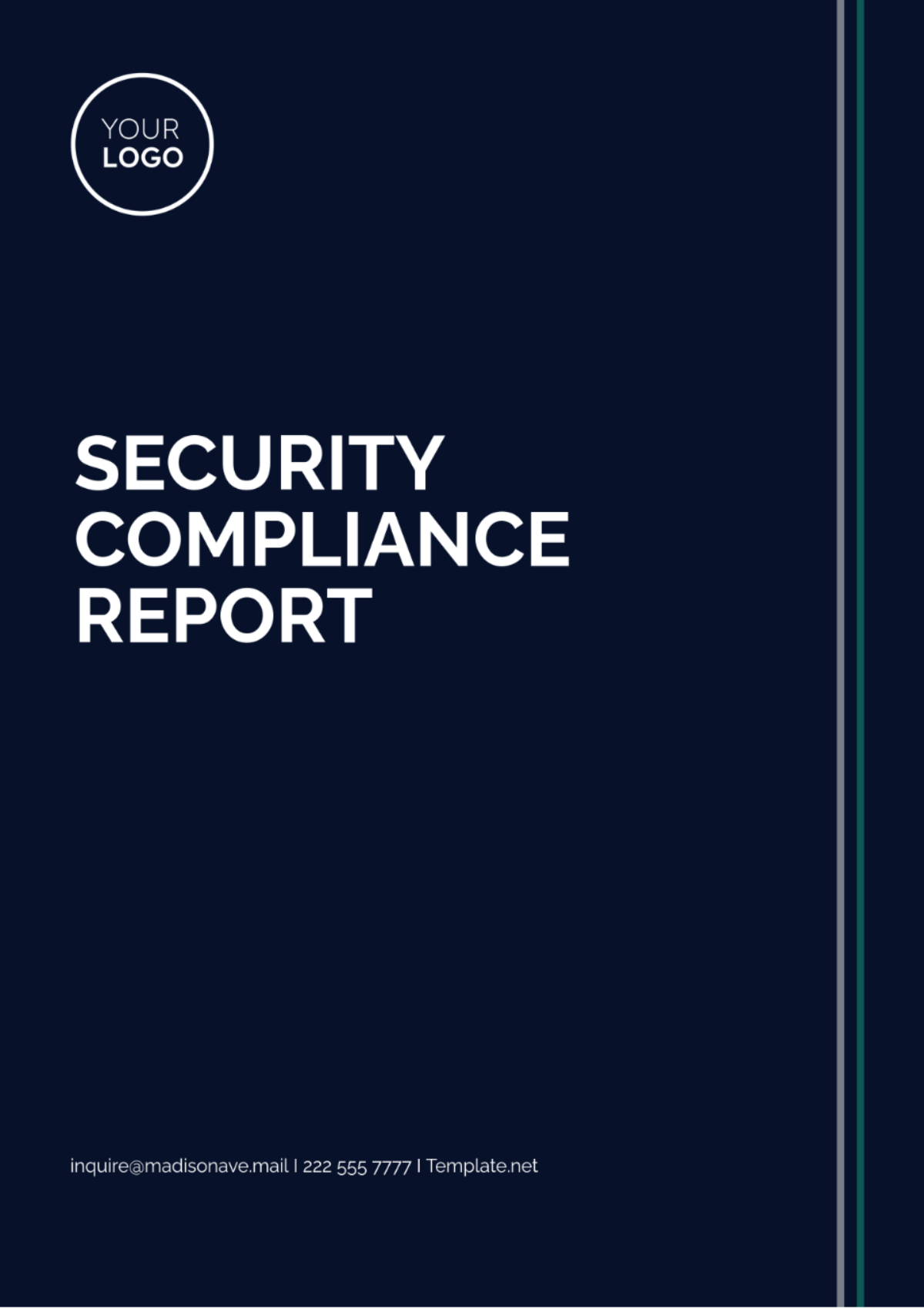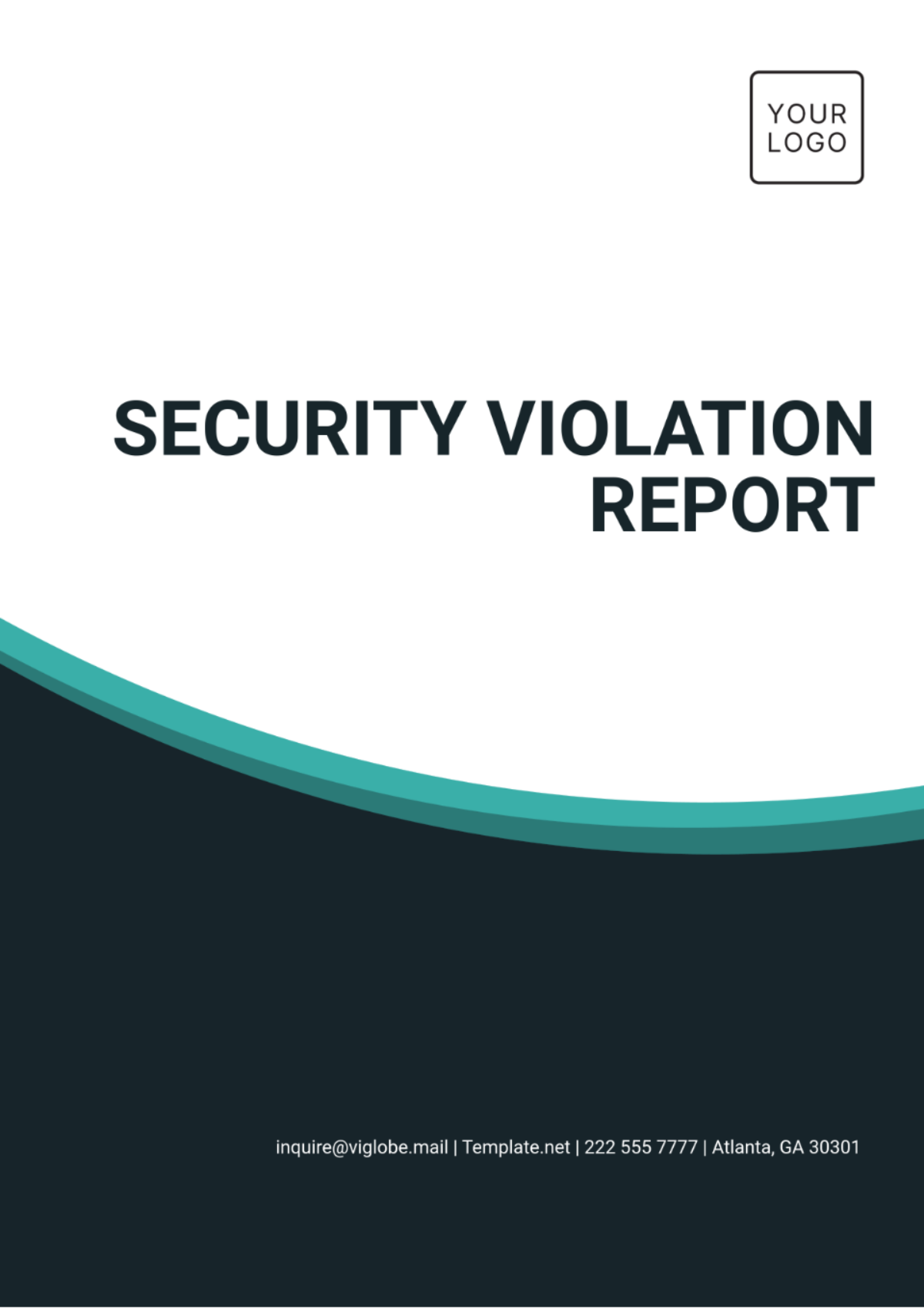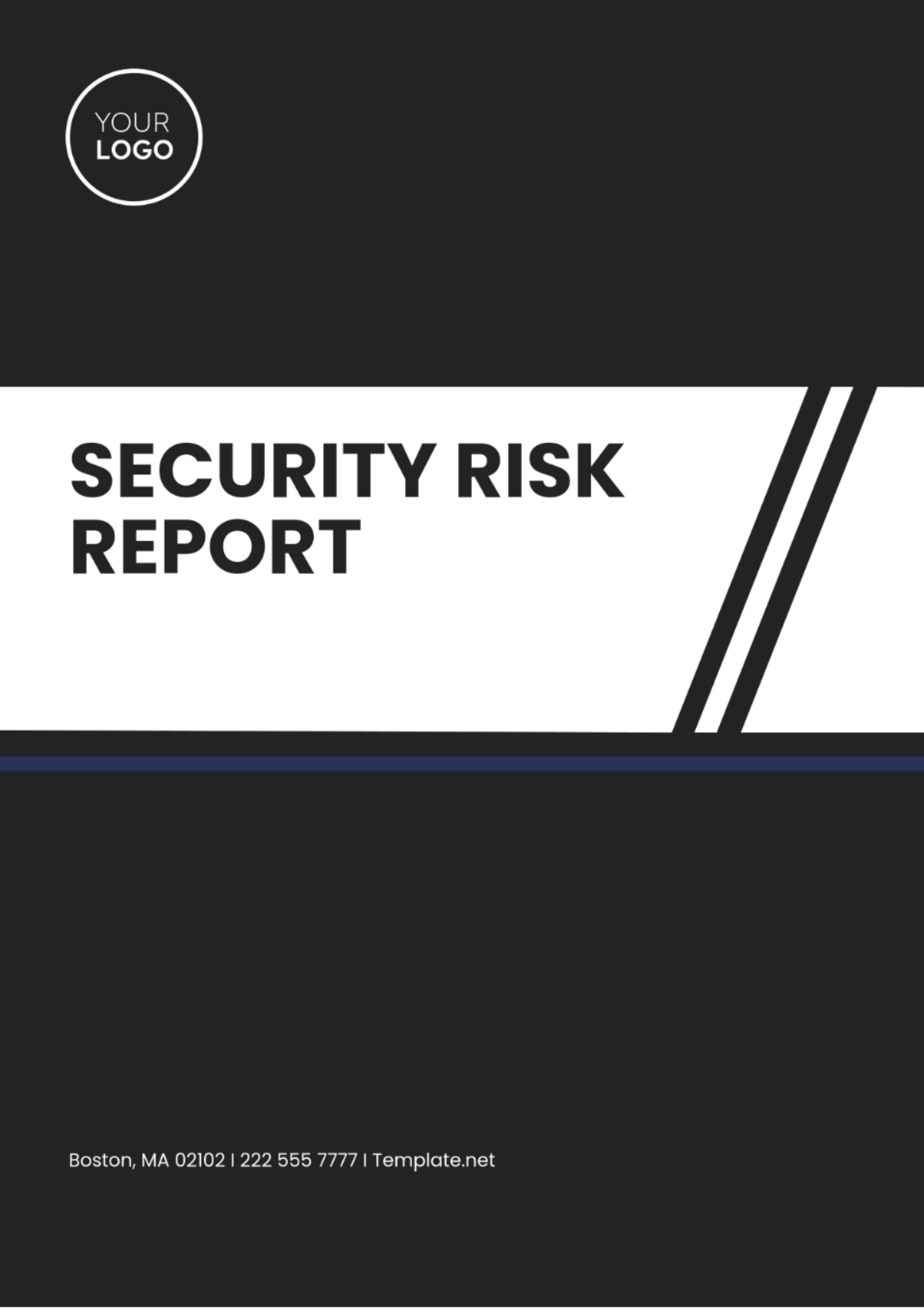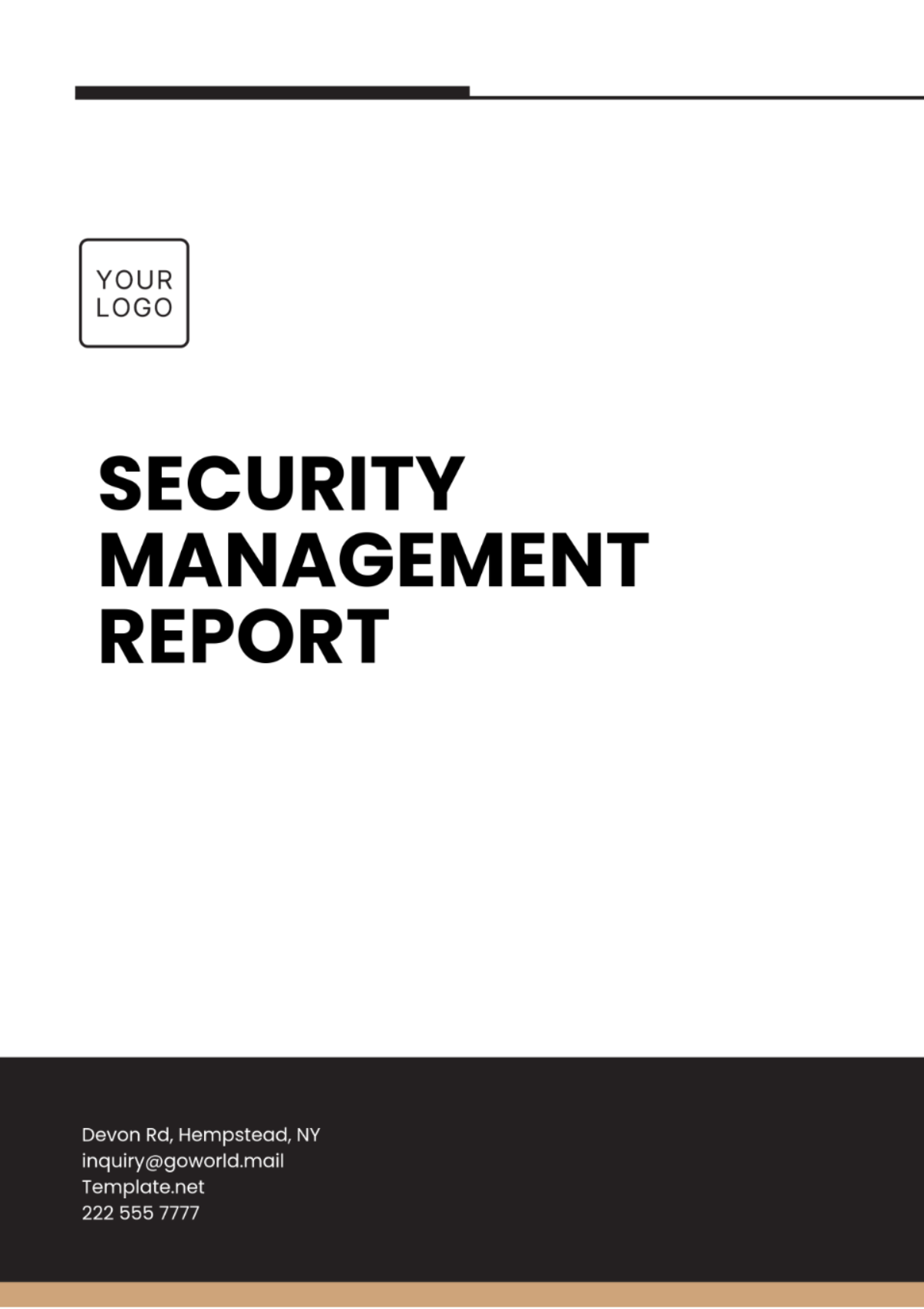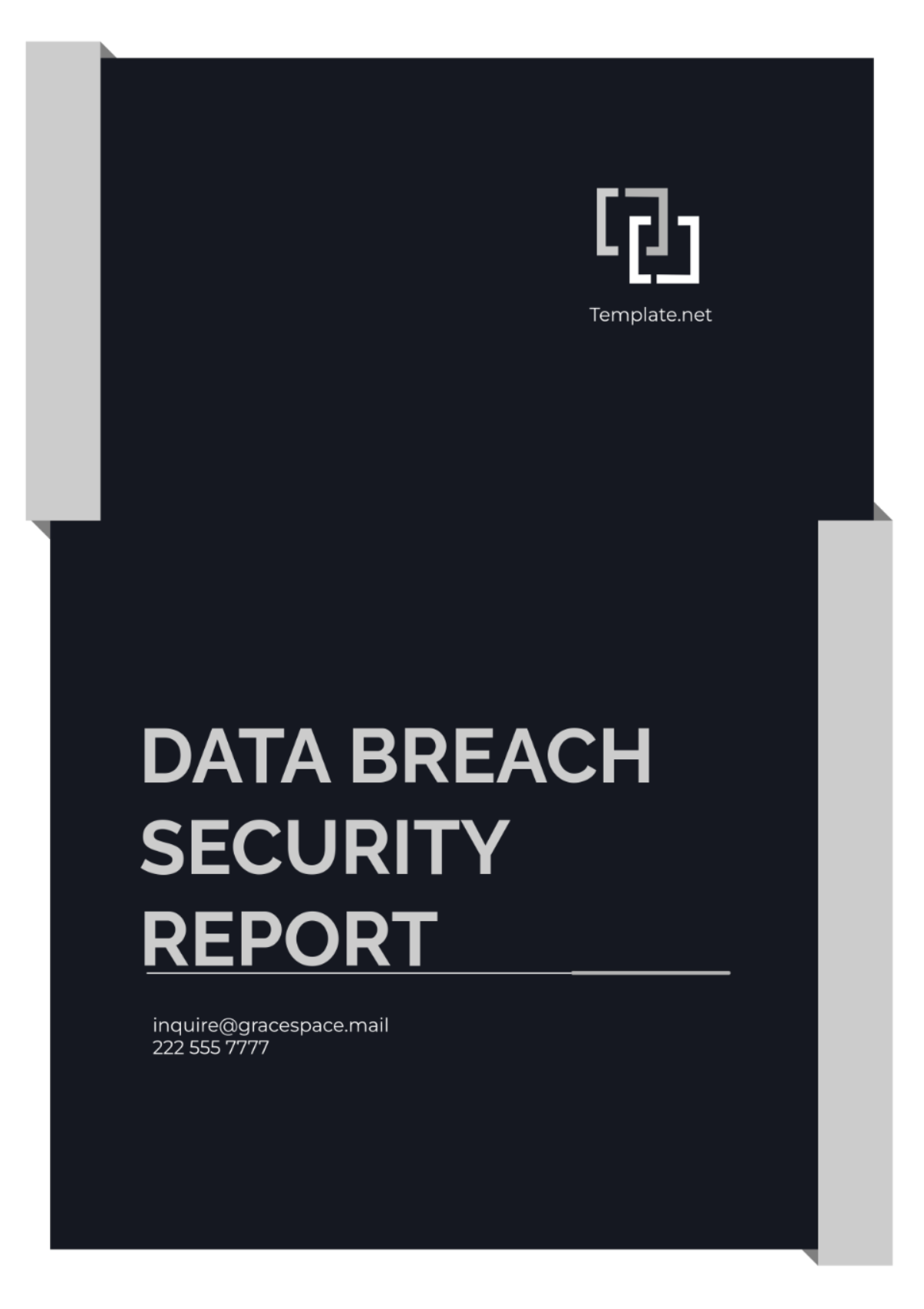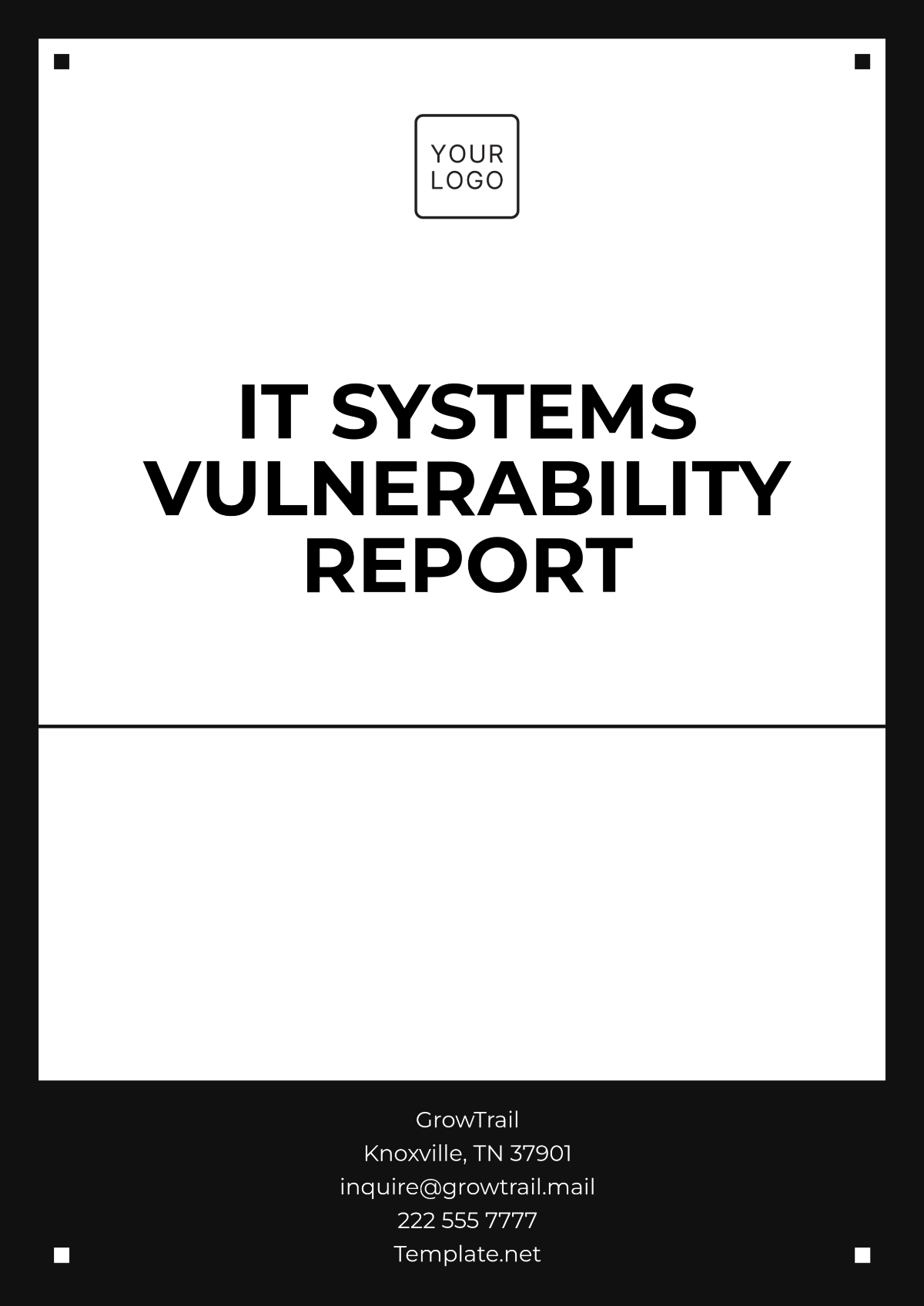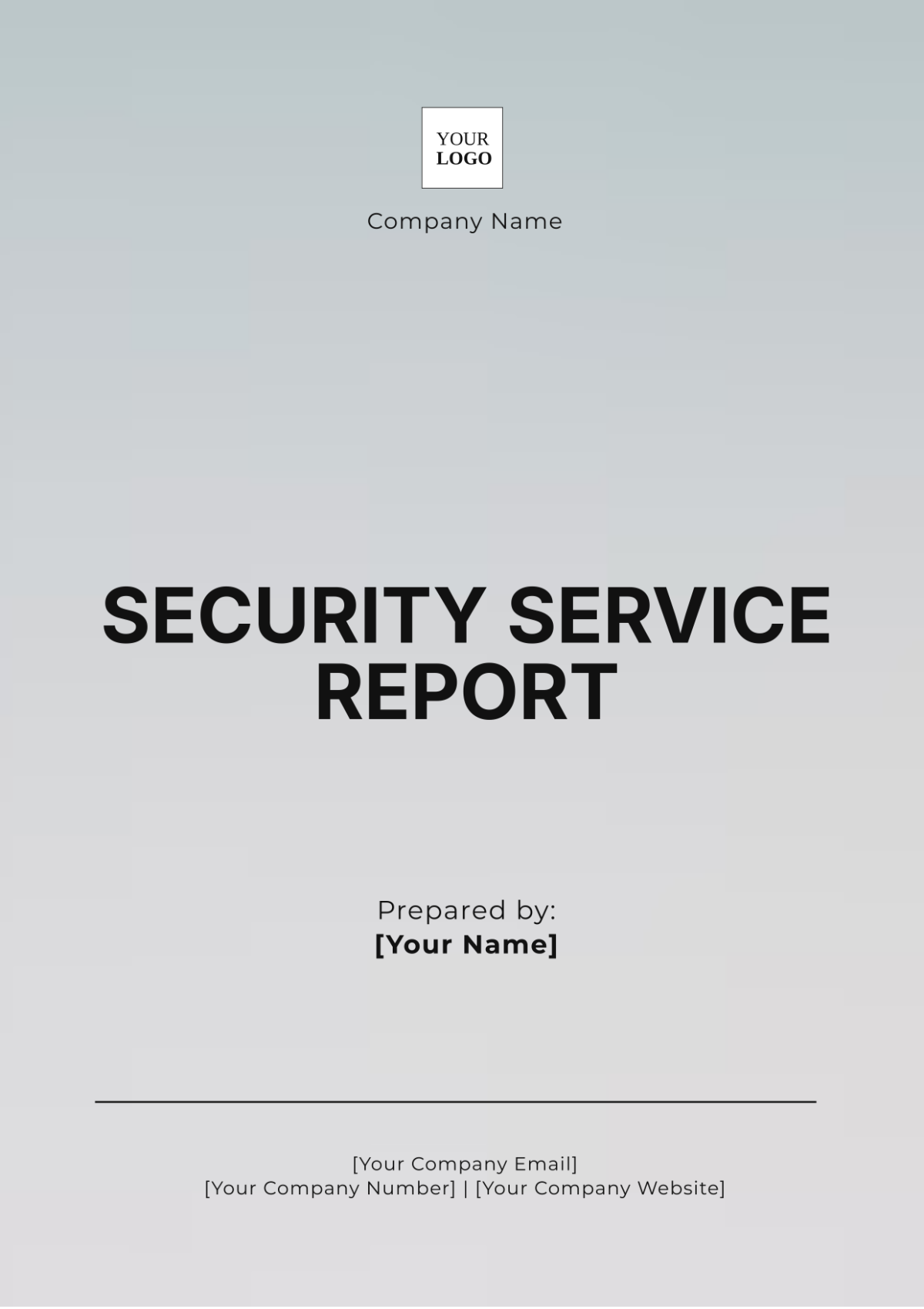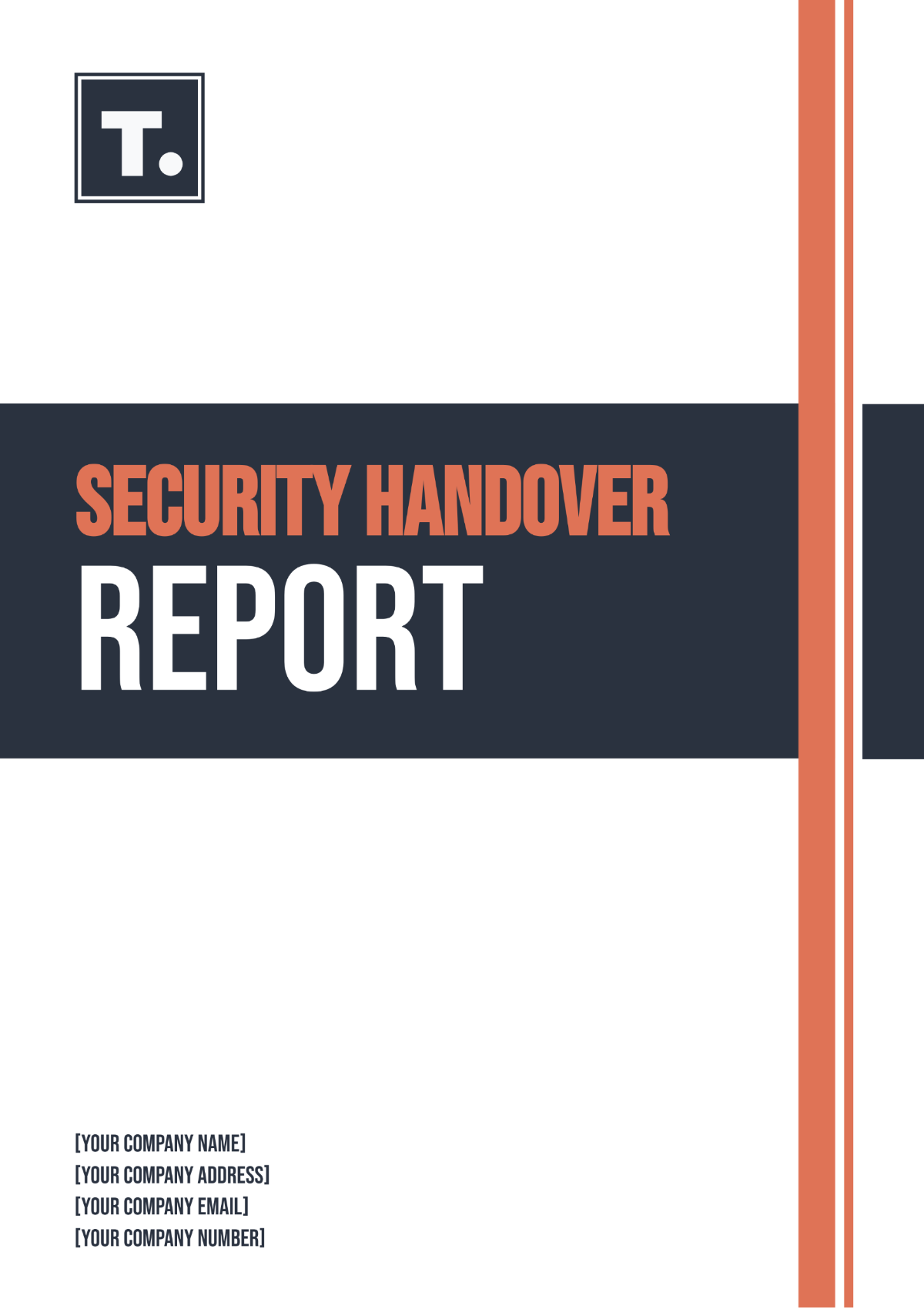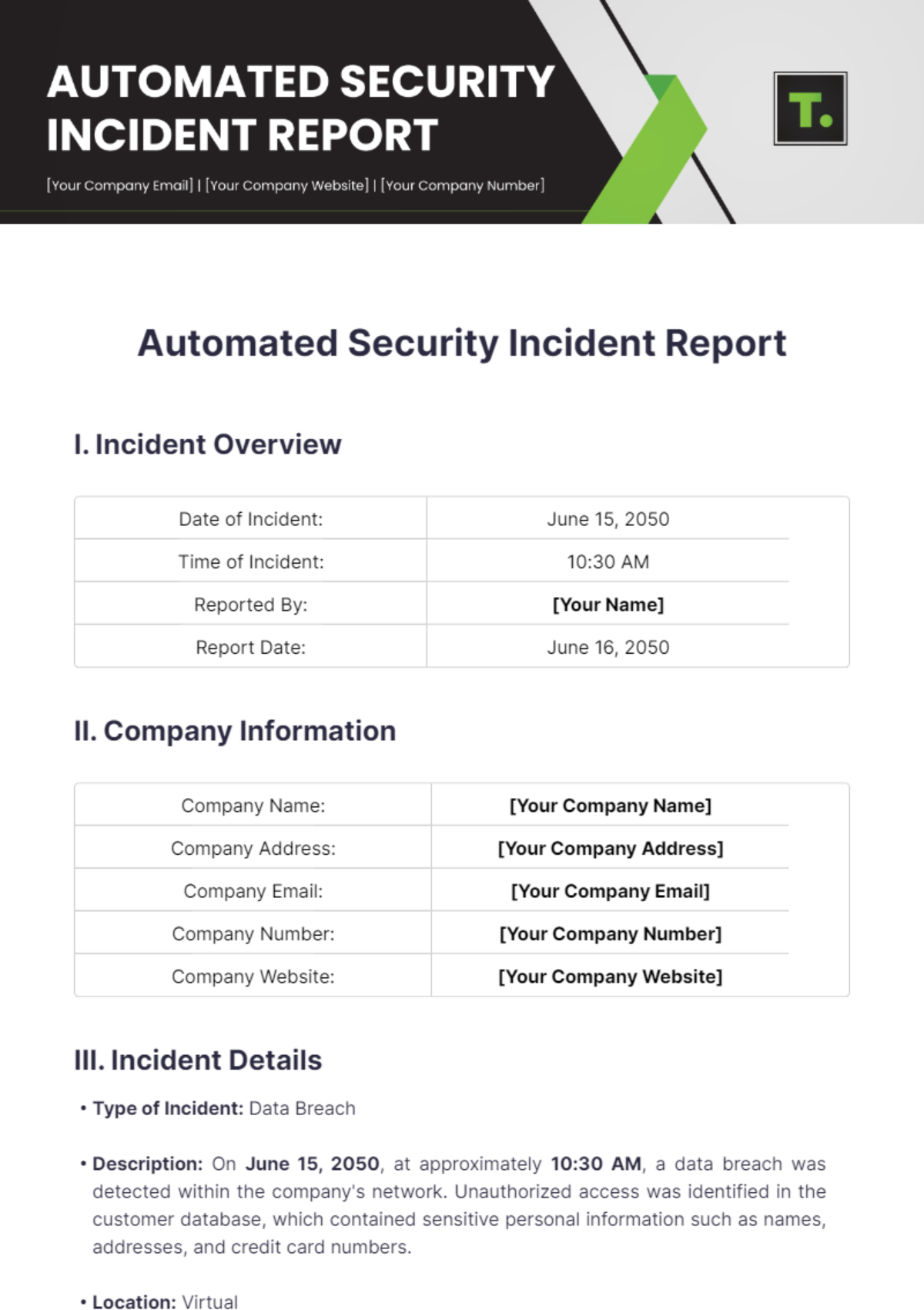WEEKLY SECURITY REPORT
Prepared by: [Your Name]
I. Executive Summary
This weekly security report provides a comprehensive overview of the security status and incidents occurring over the past week. It outlines key security challenges faced by the organization and provides insights into the ongoing measures being taken to mitigate these risks.
II. Incident Analysis
1. Summary of Incidents
This section details the security incidents that occurred during the week. The incidents are recorded and analyzed to determine their impact and suggest measures for improvement.
Incident ID | Description | Impact | Status |
|---|---|---|---|
101 | Unauthorized access attempt | Medium | Ongoing investigation |
102 | Malware detected on server | High | Resolved |
103 | Data breach incident | Critical | Resolved |
2. Root Cause Analysis
For each incident, a root cause analysis has been conducted to identify underlying issues and necessary corrections:
Incident 101: Weak password policies allowing unauthorized access attempts.
Incident 102: Outdated antivirus definitions on the server allowed malware infiltration.
Incident 103: Insufficient encryption of sensitive data led to the breach.
III. Risk Assessment
1. Current Risk Landscape
This section describes the current security threats facing the organization and the potential risks associated with these threats. The following table highlights the critical risks identified:
Risk ID | Threat | Likelihood | Impact |
|---|---|---|---|
R101 | Phishing Attacks | High | Medium |
R102 | Ransomware | Medium | High |
R103 | Insider Threats | Low | Critical |
2. Mitigation Strategies
Strategic measures have been implemented to mitigate the identified risks:
Phishing Attacks: Regular employee training and deployment of advanced email filtering solutions.
Ransomware: Daily backups and stringent data access controls.
Insider Threats: Enhanced monitoring and strict access management policies.
IV. Recommendations
1. Long-term Security Improvements
To strengthen our security posture long-term, implementation of the following recommendations is advised:
Adopt a zero-trust security model to minimize risks associated with unauthorized access.
Upgrade cybersecurity infrastructure to utilize cutting-edge technologies.
Conduct frequent security audits and vulnerability assessments.
2. Immediate Action Items
Immediate actions are suggested to address the current vulnerabilities:
Enforce strong password policies across the organization.
Update antivirus and firewall protections to the latest versions available.
Improve data encryption standards to safeguard sensitive information.
